1. First, the body is embalmed and put into the coffin

Image Source/ The SunFirst off, the corpse goes through multiple processes after somebody dies. Including, the embalming process. The embalming process is long, and it involves a lot of gruesome steps which help to maintain the look of the body and preserve it using lots of chemicals.
2. The body bloats and starts to decompose

Image Source/ hairmag
Decomposition, the body may appear to bloat outward. This is a sign of the very beginnings of decomposition. The gases and chemical processes going on inside the body make the body expand full of different gases and so the body looks bloated and expanded.
3. It will look very stiff

Image Source/ Romeifyouwantto
The body then goes very stiff, making it appear as though the body is rigid. This is called rigor mortis. The body at this point cannot bend. It is a temporary condition however and it happens because the chemical processes make the limbs seize up.
4. Decaying happens VERY fast

Image Source/ blogspot
Despite the fact that the body has been injected with a variety of preservative liquids, this does not completely stop the decomposition of the body although it does significantly slow it down. However, at this point, the body does quickly start to decay. The decaying process is faster at the beginning.
5. The body starts to eat itself

Image Source/ The Sun
Within just days of the body being inside the coffin, the enzymes within the body start eating themselves in a process called self-digestion. This is essentially what is sounds like, the body begins to eat itself inside out, so the flesh starts to disappear.
6. The stomach turns green

Image Source/ SciTech
Because the most dramatic stages of decay start at the very quickly, the physical changes are very apparent. For example, after a few weeks the stomach of the corpse begins to turn a kind of green colour which only appears due to the chemicals inside the stomach.
7. Then it emits chemicals and gases

Image Source/ deviantart
The corpse inside the coffin starts to emit a lot of strange chemicals as well as gases, these are being released from the corpse as well as different chemicals reacting together to produce new gases. The corpse at this point starts to produce a very putrid stench.
8. The nails and hair look like they grow

Image Source/ hairmag
What happens now inside the coffin can create an illusion that the hair and nails on the corpse are growing. This is because the skin on the corpse starts to recede, and so more of the nail and more of the hair show. The skin recedes when it loses all of the moisture and dries up.
9. Flesh starts to decay

Image Source/ icollector
Now, if we took a look inside the coffin at the corpse, we would not see much of the flesh left on the body. What would be left by now is sinew and muscle which is much tougher than skin and flesh. So, the body now would be totally unrecognisable.
10. All that's left now is teeth, hair and nails

Image Source/ aatjak
Now the flesh is gone, the hair and teeth and nails still remain. Hair and fingernails are made of a substance called keratin which is much more hardwearing than flesh. Hair can last up to several years in a coffin. Outside of a coffin it would only last around 2 years.
11. Dampness increases bacteria

Image Source/ blogpost
How the corpse looks inside the body can completely depend on the environment. Yes, it is stored inside a coffin. However outdoor temperatures affect the temperature of the ground. Similarly damp and wet conditions mean that bacteria are more present and rotting and decaying processes happen faster.
12. Microbes eat at the skin

Image Source/ Science Post
Because the body has been put in the coffin, it means that it has been preserved. What is happening inside the coffin are the same processes that would happen on the outside - but MUCH slower. For example, microbes will be working and eating at the flesh, rotting it away.
13. Then the hair and nails fall out

Image Source/ Pinterest
Now at this point, the nails and hair have all fallen out of the skin on the corpse. Because there is nothing left within the skin for the nails and hair to remain attached to. Meaning, that they all fall out and remain inside the coffin in a pile...
14. Coffin flies grow from maggots

There is also something called coffin flies. They can live inside the coffin and will work away at the corpse for years and years slowly disintegrating it. Coffin flies can stay underground eating corpse after corpse for many decades. And they can appear under the ground.
15. Parts of the corpse turn black

Image Source/ sciimage
After around a year inside a coffin, parts if the corpse will turn black. In fact, it can be likened to a natural kind of mummification process. The corpse in certain areas, not all, will turn black after these processes have happened. So, flesh is gone, and parts of the body that are left are blackened.
16. The clothing has disintegrated

Image Source/ frightfix
As for clothing, now there will be almost nothing left. The majority of the clothes will have disintegrated and decomposed in the coffin. Especially any cotton clothing will have disintegrated, as it the most natural material. Stronger materials such as waistbands on clothes or nylon clothes will still remain at this point
17. The corpse changes positions

Image Source/ Tumblr
The body can shift slightly in positions so if you checked the corpse once a year for the full ten years, the position may be different. This is because different parts of the corpse are drying out and gases release meaning different limbs can be more slack or tighter to make it appear as though it's moving around.
18. Decomposition slows down

Image Source/ newsner
After a few years, the decomposition process is a very slow one. The decomposition slows right down so that nothing too drastic happens. Although constantly the corpse will decay until there is less and less left of the body to be found inside the casket.
19. Maggots feast on the remaining flesh

Image Source/ Telpner
Although the body is securely enclosed in the coffin; it does not stop insects from either getting inside or growing inside the coffin from bacteria and maggots laying eggs. These insects will devour any flesh that is left, including the eyeballs of the corpse.
20. The eyeballs decay away

Image Source/Weburbanist
The eyeballs are one of the first things to decay on the corpse, partly due to natural decomposition and partly due to insects and maggots as well as the coffin flies. Once the eyes have gone, it gives the corpse a sunken look where the eye sockets have disappeared.
21. The casket could explode

Image Source/ historyfacts
After a few years the casket will have shifted in shape and size slightly. The decaying body will have released a huge amount of chemicals into the enclosed space, meaning the caskets pressurize and change shape slightly. Some even explode under the ground as a result.
22. Barely anything remains...

Image Source/blogspot
By this point, the corpse is years old within the coffin and nothing remains apart from the teeth, hair, bones along with some skin or fibers. At this point, the corpse looks fairly terrifying as eyes have disintegrated and all the flesh or human looking elements have disappeared.
23. The body develops grave wax

Image Source/photorator
A very strange substance starts to appear around the rear and thighs which can best be described as a kind of soap like substance. It is commonly referred to as grave wax. It is thick, and yellowy in appearance and it appears sue to the liquids from the old corpse.
24. Bones start to fossilize

Image Source/Quora
Now, bones have become to fossilize. After being inside a coffin for a few years all of the substance and moisture that are present inside the bones will have disappeared. Now the bones in the coffin have become brittle and hollow and many are loose and not attached to anything.
25. Moisture evaporates, and the bones dry up

Image Source/academiadk
Also at this point, all of the moisture has left the corpse and everything inside is dry. This means that the bones and the remains are no longer suitable to flies etc who can no longer live off them in this environment. So, insects start to disappear now.
26. Just a pile of bone remains

Image Source/Ranker
So, all that remains at this point is more a pile of bones lay inside the coffin. All of the other elements of the corpse have disintegrated into noting or have been devoured by bacteria or insects. The coffin is now just a container for the bones and there is little left of the corpse.
27. The skeleton starts to turn to dust

Image Source/Flickr
After 10 years, the bones also start to disintegrate. So, what you would find when you look into the coffin after 10 years is that maybe the bones have also started to decompose. When the skeleton itself starts to tun to dust it is called diagenesis.
28. Diagenesis happens slowly

Image Source/Daily Mail
This process of diagenesis if the body is inside a coffin can take up to 100 years due to the fact that it is largely protected from the outside earth and environment and so everything is prolonged for much more time. If the skeleton was in the earth, it would take around 20 years to completely disintegrate.
29. Just dust and fibre left

Image Source/Breitbart News
If you looked inside the coffin after 10 years, you may even see this dust lying in the bottom of the coffin. There may also be some fibers in the coffin which remain there if they were a touch material. There will also be some bones which remain intact.
30. 10 years and nothing remains...

Image Source/The Daily Telegraph
After the 10-year process has happened, not much else does happen in terms of the corpse because the majority of the processes have already happened. Apart from anything remaining, such as some of the bones which will also slowly continue to turn to dust.
31. Your Brain Is One Of The First Things To Break Down

Image Source / Wikipedia
You'd think that based on how amazing the brain is, it might actually last the longest when it comes to the break down of your body. But nope - the brain's cells collapse only a few minutes after death. After the cells collapse, they release water, and the other organs follow after that.
32. Microbes Eat Through Your Gut

Image Source / RAND Corporation
The same night following death and following the brain's breakdown, microbes then eat their way through the gut to escape to the rest of the body. This is when those toxic gasses are released which make the body bloat up.
33. Most Of The Body's Tissue Will Then Likely Liquify

Image Source / STAT News
It's very likely that most of the body's tissue will then turn to liquid. But there's always potential for some parts of the body to go the opposite way and dry out instead. Thin layers of skin, like the eyelids, could dry out and mummify instead of turning to liquid.
34. The Most Active Organs And Tissue Go First After The Heart Stops

Image Source / Verywell Health
When the heart stops beating, it goes without saying that blood flow throughout the body also stops. Blood is moved around the body to transport oxygen to organs and tissue, which means without that blood and oxygen, the organs and tissue which use oxygen the most will be the first to go.
35. The Result Of These Organs And Tissue Going Is Very Wet

Image Source / Time Out
The cells which make up your organs and tissue are mostly made up of water - around 70% water, in fact. Which means when they die after no longer having a source of oxygen, they end up spilling all that high water content onto the bed of the coffin.
36. The Immune System Dies

Image Source / FIFARMA
The same night of death after the brain has given up, the immune system is also dying. It can't hold on any longer to those hungry little microbes that are usually there to help you digest. The microbes move through tissues, veins and arteries, eventually arriving at the gut.
37. It Takes Up To Four Days For The Microbes To Get Everywhere - And Cause A Stink

Image Source / The Family Handyman
By day 4 after death, the microbes are absolutely everywhere in the body. This is what we mentioned before about the body then bloating due to toxic gases being produced, thanks to the microbes. But this is also when the bloated is accompanied by the literal stench of death - because the body then stinks.
38. The Brown-Black Colour Is Caused By Blood Vessels Breaking Down

Image Source / The Franklin Institute
After a few months in a coffin, the body changes from that greeny complexion to a brownish-black, and this is because of blood vessels breaking down and worsening over time. They break down so much that the iron inside the vessels ends up spilling out, becoming brown-black as it oxidizes and results in your skin turning that colour.
39. Your Tissues Collapse Into A Wet Mush

Image Source / Freepik
Around the same time that your blood vessels are kaput and turn brown-black, your molecular structures which are responsible for holding the body's cells together actually break away, meaning nothing can be held neatly together anymore. Tissues then not only collapse, but do so into a bit wet mush.
40. Only Nylon Seams And Waistbands Stand A Chance For Your Clothes

Image Source / Circa Vintage Clothing
After around the year mark, your clothes (if made out of cotton) well and truly disintegrate by now. This is because of the acidic body fluids as well as toxins doing a number on your clothes. It's actually only nylon seams and waistbands of trousers or skirts that stand a chance of surviving.
41. You Can Actually Mummify Naturally

Image Source / NBC News
When you think of mummification, you might think of the Egyptians and the huge process that goes into using instruments and wrapping the body. So you might not have known that the body can actually mummify naturally without any help. This happens if conditions are dry, and places like ears, nose and eyelids can dry out and turn black.
42. After 50 Years, Mummified Skin And Tendons Remain

Image Source / Wikipedia
Way over the 10 year mark, at around 50 years in a coffin in fact, the tissue in the body will have well and truly liquified by this point. And it also would have disappeared entirely, leaving only any mummified skin and tendons behind.
43. And After Around 80 Years, Bones Will Crack

Image Source / Science News
Eventually, this mummified skin and those tendons will of course disintegrate and disappear, too. And after around 80 years, the bones that remain in the coffin will crack and leave brittle mineral frame behind. The bones crack as the collagen inside breaks down over time.
44. Bones Will Eventually Turn To Dust

Image Source / Quora
It sounds like a line out of poetry or a song, but yes, bones do actually turn to dust. After around a century in a coffin, what remains of your brittle bone frame will also complete collapse and turn to nothing more than dust.
45. Your Teeth Are Actually The Most Durable Part Of Your Body

Image Source / Wikipedia
Throughout this entire decomposition process, did you ever think that your chompers would be the thing to last the longest? And we all knew the importance of taking care of our teeth, after all. So after all this time, your teeth are all that will remain, as well as grave wax and any nylon threads that might have once been part of clothing.
46. Some Coffins Are Actually Made With 'Burper Valves' To Tackle Exploding Casket Syndrome

Image Source / Science | HowStuffWorks
As mentioned, there's every chance that a coffin might just explode because of the amount of chemicals being released in that tiny space as the body decomposes. To combat this, some coffins are made with 'burper valves', which open when the gas pressure gets too much so that it can escape. Funnily enough, it's actually the most expensive coffins which most likely lack this helpful feature.
47. Did You Know In Ancient Egypt The Brains Were Pulled Out Through The Nose?

Image Source / World History Encyclopedia
During the mummification process in ancient Egypt, before the modern-day embalming technique, priests would work on corpses by removing their vital organs, starting with the brain which they would pull out by pushing a hook through the nose and bring out pieces of the brain bit by bit.
48. Where The Body Is Buried Can Affect Embalming Success

Image Source / Listverse
The embalming process is very effective in blocking the decomposition process for as long as possible, but the location of the body can impact how successful that embalming can be. The drier the location, the longer the body will last, as moisture is the biggest problem for decaying bodies!
49. There Are Now Other Options Than Decomposing In A Coffin

Image Source / Capsula Mundi
In this day and age, people are becoming more concerned with the expense of funerals and coffins. Today there exists the Capsula Mundi, which is an alternative eco-friendly option that consists of a biodegradable burial urn planted under a tree sapling which well then nourish the tree to grow as the urn and your body degrades. Better than an exploding coffin, right?
50. The Body Could Also Be Composted As An Alternative

Image Source / TalkDeath
Overcrowded cemeteries are a growing problem, understandably, which is why so many initiatives are looking for alternatives with what to do with the body after death as opposed to a coffin. The body could be composted for soil-building functions to help the environment as well as save space in cemeteries.
Here Is What Morticians Do Before A Funeral! 51. Identification
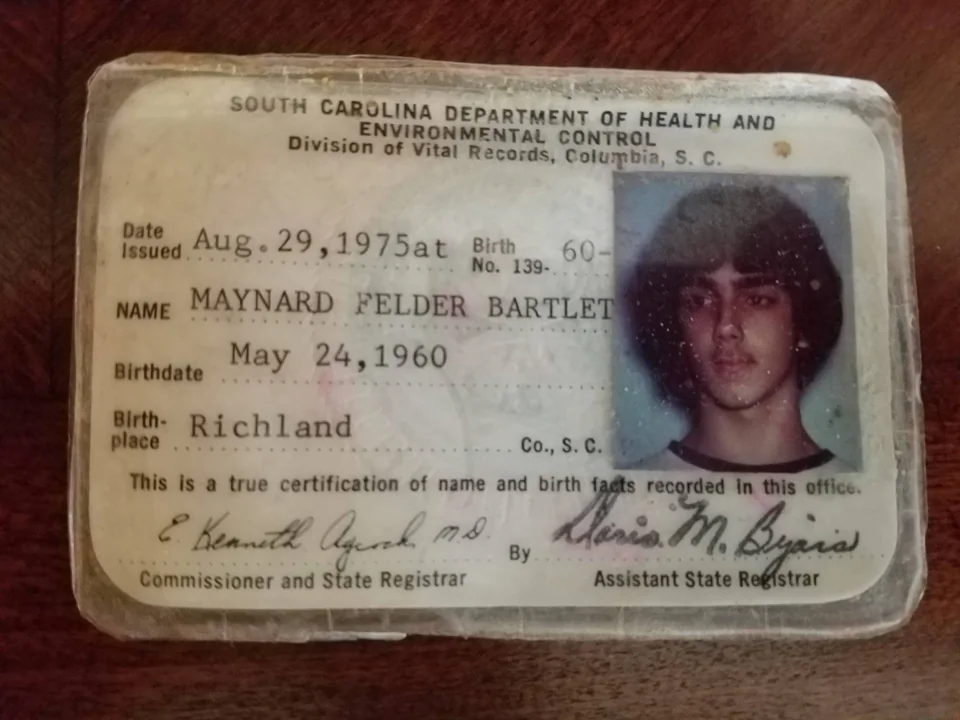 image source: reddit
image source: reddit
Before a funeral, one of the crucial tasks undertaken by morticians is the thorough identification of the deceased. This involves a meticulous verification process to ensure accuracy, often relying on official documents, family confirmation, or unique identifiers. Accurate identification is fundamental to the entire funeral process and helps to avoid any misunderstandings or errors.
52. Complete Legal Documents
 image source: reddit
image source: reddit
Handling the necessary paperwork is a significant part of a mortician's pre-funeral responsibilities. Funeral directors work closely with the family to ensure all legal documents, permits, and certificates are properly completed. This includes death certificates, burial permits, and any additional paperwork required by local authorities.
53. Embalming
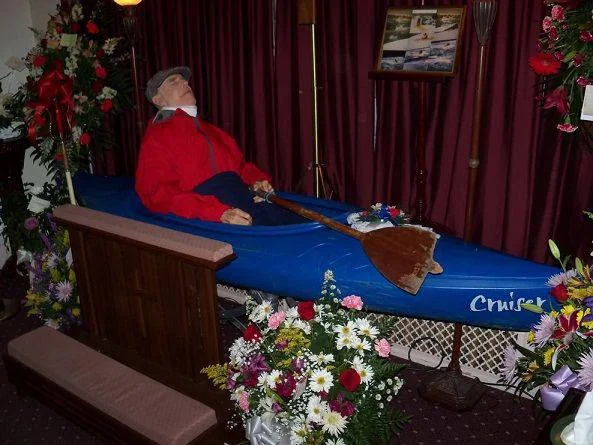 image source: reddit
image source: reddit
Embalming is a meticulous process conducted by morticians to preserve the body before the funeral. Through the infusion of embalming fluids, the mortician replaces bodily fluids, slowing the decomposition process. This not only aids in maintaining the body's natural appearance but also provides a hygienic and dignified presentation during the funeral service.
54. Washing The Body
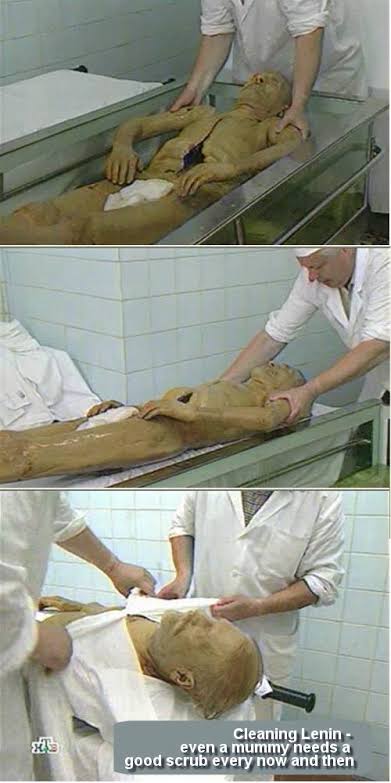
image source: reddit
Respectful care of the deceased involves a comprehensive cleaning process. Morticians gently wash the body, ensuring it is free from any dirt, blood, or other substances. This not only honors the deceased but also contributes to a dignified presentation during the funeral, offering comfort to grieving family and friends.
55. Style The Hair
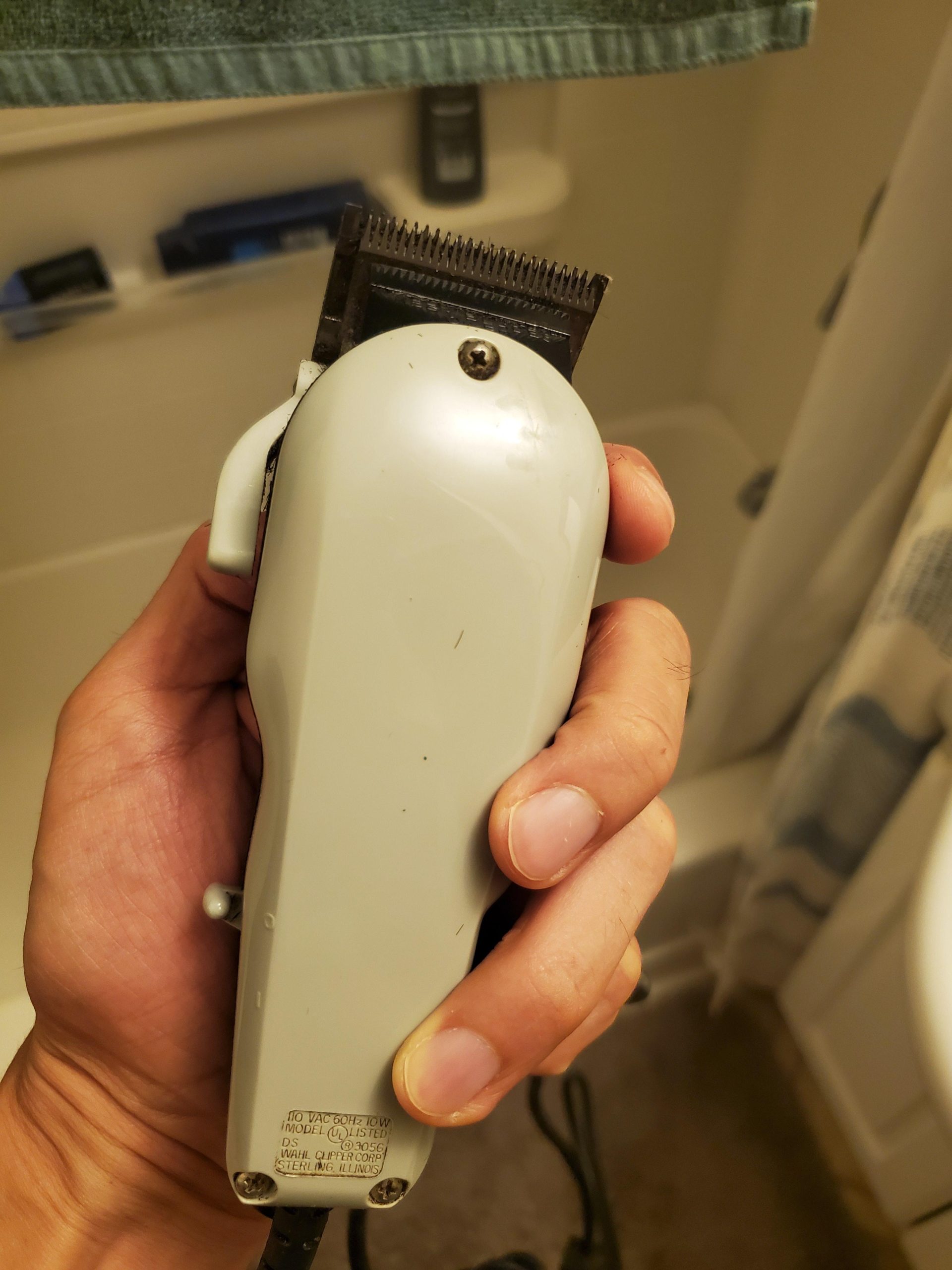 image source: reddit
image source: reddit
A mortician's attention to detail extends to the deceased's appearance, including the styling of their hair. With care and precision, they groom the hair to create a natural and comforting look. This seemingly small detail holds significant emotional weight for the grieving family, contributing to the overall sense of dignity and remembrance.
56. Clothing Selection
 image source: reddit
image source: reddit
Choosing appropriate clothing for the deceased is another thoughtful task undertaken by morticians. Families may provide specific attire, or funeral directors can assist in selecting burial garments. This consideration ensures that the deceased is dressed in a manner that reflects their personality and respects cultural or religious traditions.
57. Casket Picking
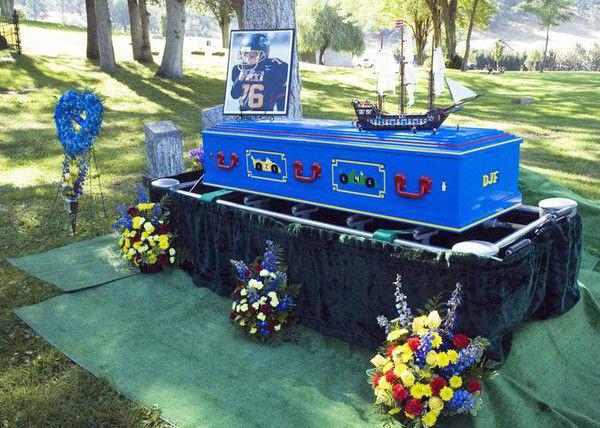 image source: reddit
image source: reddit
Assisting the family in selecting a casket is a pivotal role for morticians. Families are presented with a range of options, from traditional to eco-friendly choices. The choice of casket often reflects personal preferences, financial considerations, and any prearranged plans. This is all planned by the families with the help of directors.
58. Restorative Art
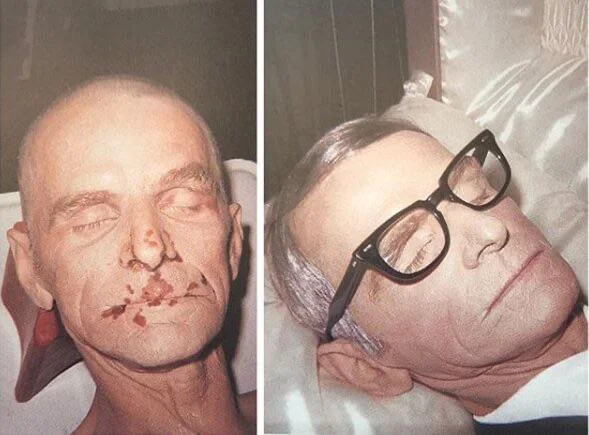 image source: reddit
image source: reddit
In cases where there may be visible trauma or post-mortem changes, morticians employ restorative art techniques. This can involve the use of cosmetics and other skills to minimize the effects of injuries or decomposition, restoring a more natural and peaceful appearance. The goal is to provide comfort to the grieving by presenting a dignified and recognizable image of the deceased.
59. Position The Body Correctly
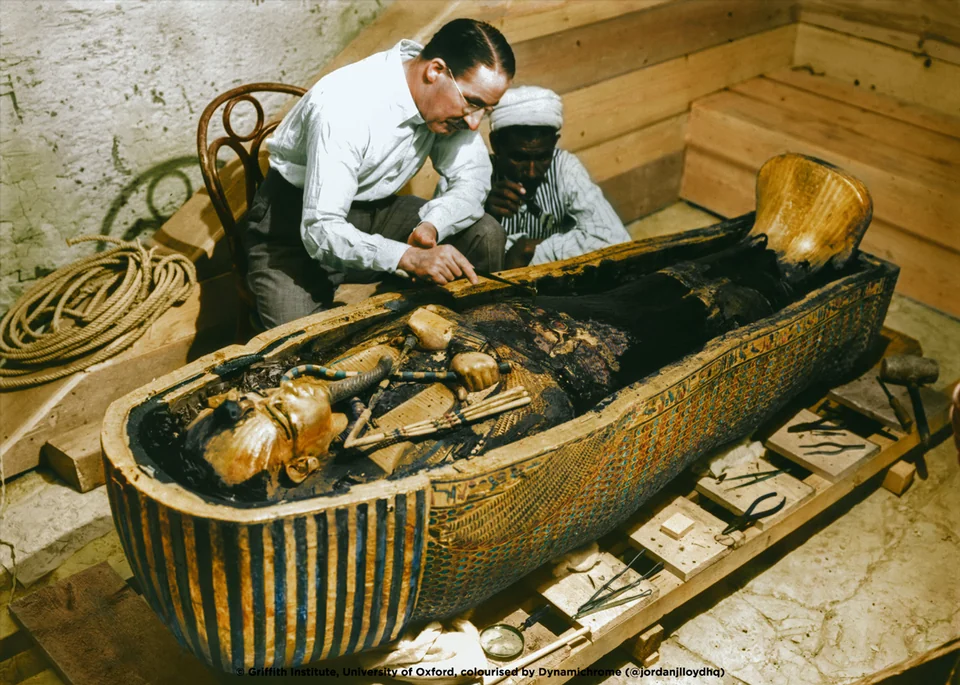 image source: reddit
image source: reddit
Proper positioning of the body is a vital aspect of mortuary care. Morticians carefully arrange the body to create a peaceful and natural appearance, ensuring closed eyes, a relaxed facial expression, and a comfortable overall posture. This attention to detail contributes to a serene atmosphere during the funeral service.
60. Close All Orifices
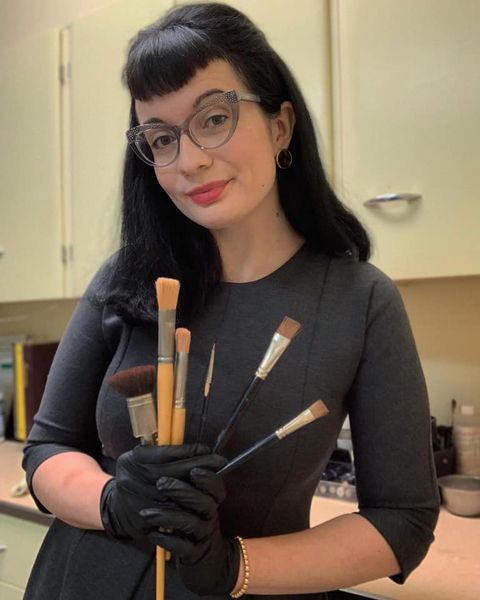 image source: reddit
image source: reddit
Respecting the dignity of the deceased involves the meticulous closing of all orifices. Morticians delicately close the eyes, mouth, and any other openings with care and precision. This not only contributes to the deceased's overall appearance but also serves as a compassionate and considerate gesture for the grieving family.
61. Rigor Mortis Treatment
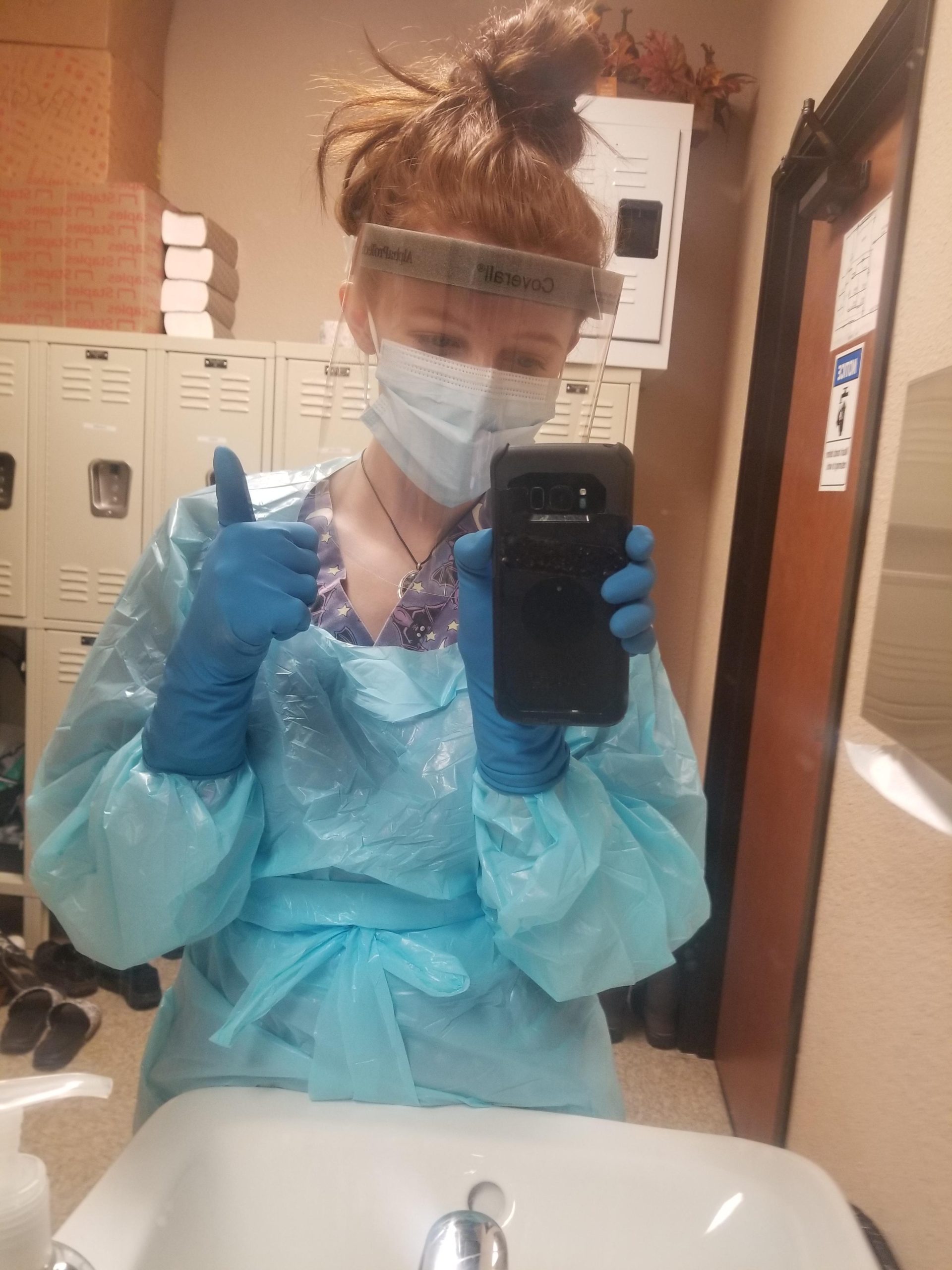 image source: reddit
image source: reddit
When rigor mortis sets in, morticians employ specific techniques to alleviate stiffness. Through careful massage and manipulation of muscles, they work to restore flexibility, ensuring a more natural and serene appearance for the deceased during the funeral.
62. Repair Any Incisions
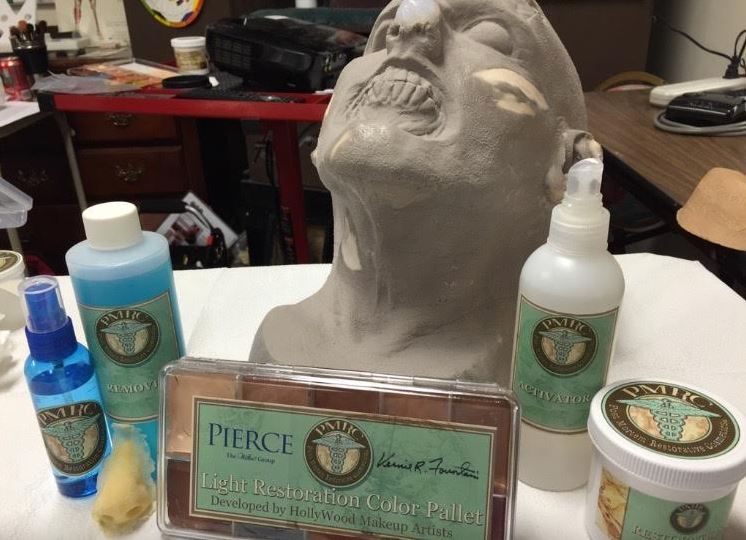 image source: reddit
image source: reddit
In cases where autopsies or medical procedures have left incisions, morticians delicately suture and repair these openings. This restorative measure ensures that the body's presentation is as seamless and respectful as possible during the funeral. They don't want to see families upset at the medical incisions!
63. Set Broken Bones
 image source: reddit
image source: reddit
If the deceased has suffered fractures or dislocations, morticians take steps to set and position the bones appropriately. This contributes to a more natural appearance and helps provide comfort to grieving family members. Again, this is mainly done to ensure that family members are happy with the level of the body.
64. Address All Odors

image source: Cremation Solutions
Morticians work diligently to address any odors associated with the natural decomposition process. Through deodorization techniques and the use of specialized products, they ensure that the funeral environment remains respectful and comfortable for attendees. Obviously it won't smell great, but they mitigate this!
65. Add Jewellery
 image source: reddit
image source: reddit
With careful consideration for the family's wishes, morticians add or remove jewelry based on personal preferences. This attention to detail allows for a personalized touch and honors the deceased's individuality. This is usually picked by the family who work with the morticians and funeral directors.
66. Line The Casket
 image source: reddit
image source: reddit
Morticians pay close attention to the interior presentation of the casket. They select and arrange appropriate lining and padding, ensuring both a dignified and comfortable setting for the deceased. This is another aspect of the coffin and funeral that can be decided by the members of the deceased families.
67. Add Any Personal Mementos
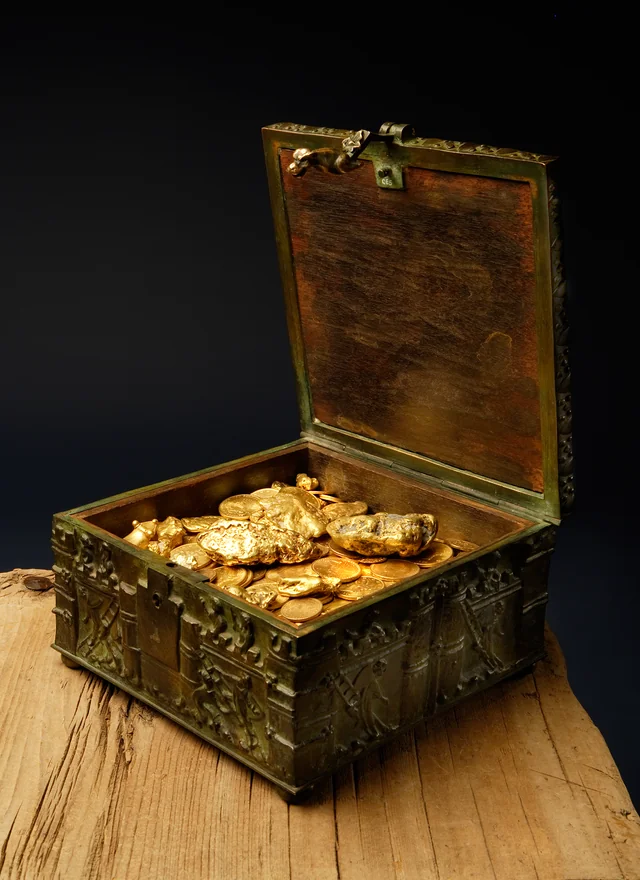 image source: reddit
image source: reddit
To create a more personalized and meaningful tribute, morticians work with families to incorporate personal mementos into the funeral arrangement. This might include cherished items, photographs, or other memorabilia that hold sentimental value. What sort of thing would you consider adding to your coffin?
68. Prepare The Body For Transportation
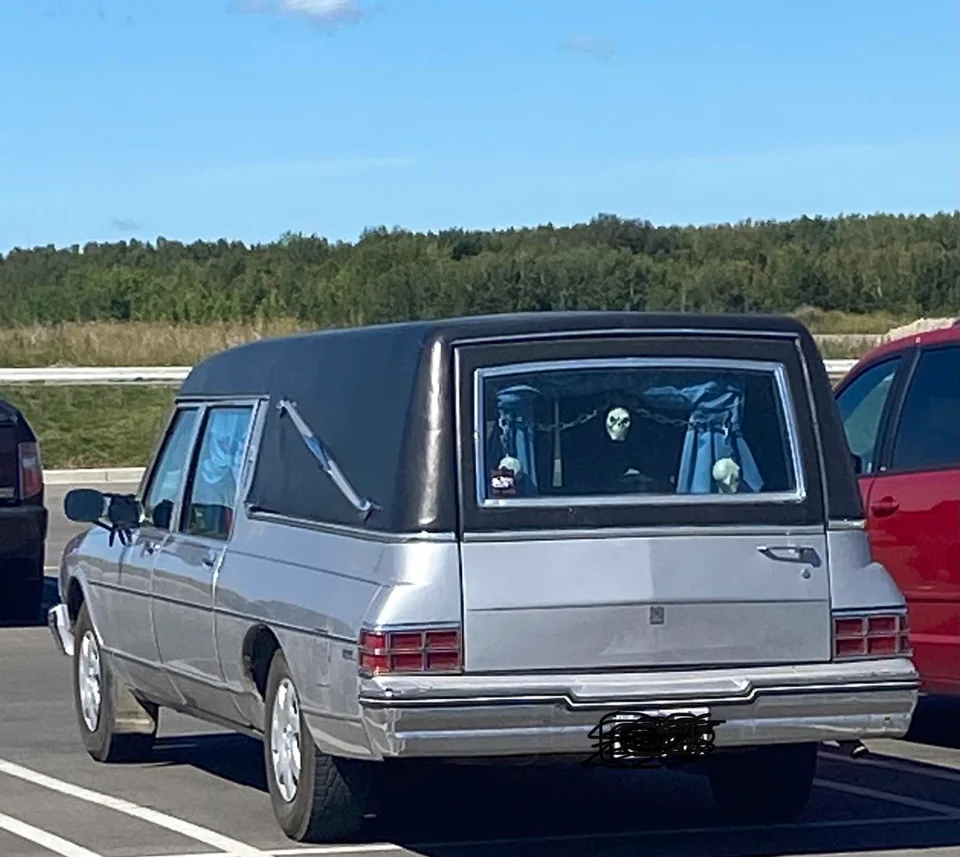 image source: reddit
image source: reddit
Before the deceased is transported to the funeral service or burial site, morticians take the necessary steps to ensure the body is appropriately prepared for transportation. This includes securing the body in a casket and making any logistical arrangements required.
69. Help Plan The Funeral
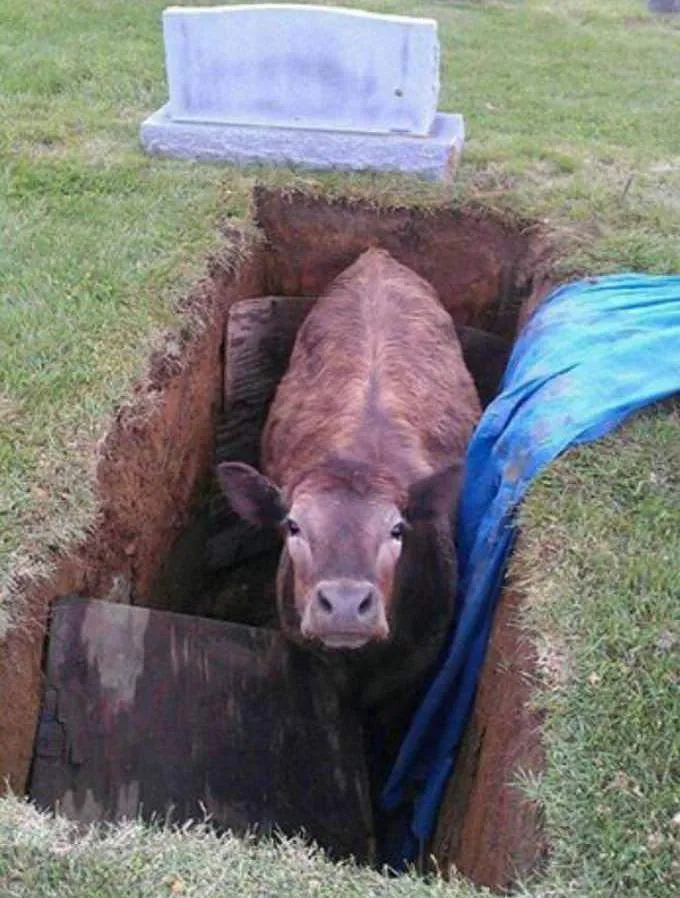 image source: reddit
image source: reddit
Morticians play a pivotal role in assisting grieving families in planning the funeral service. They provide guidance on various aspects, such as choosing a venue, selecting readings or music, and organizing any special rituals or ceremonies desired by the family. Sometimes it can take a lot of effort for families to come to the right decisions!
70. Comfort The Family
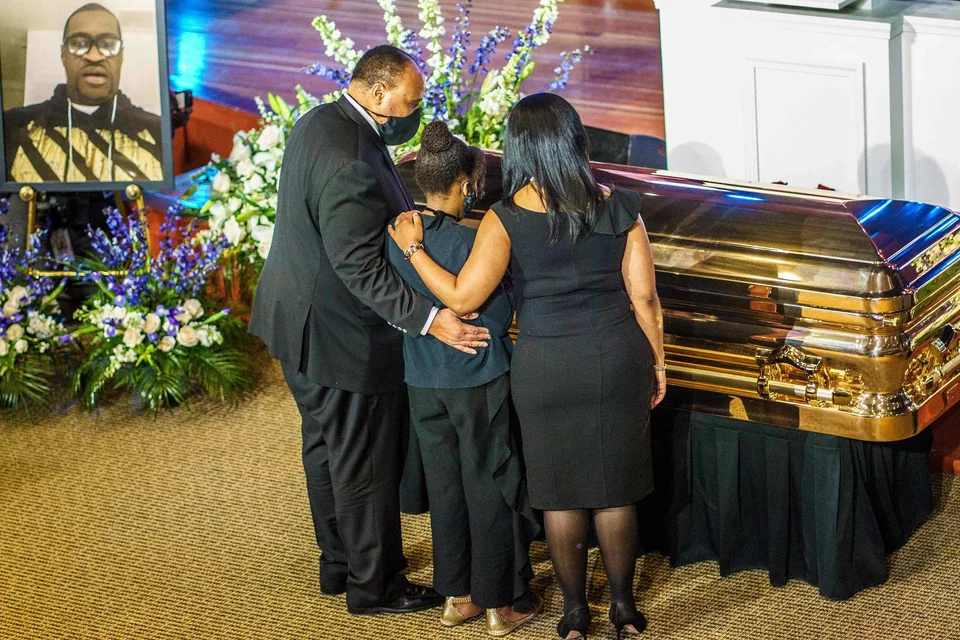
Perhaps one of the most vital roles of a mortician is providing emotional support to the grieving family. With empathy and compassion, they offer a steady presence, answering questions, addressing concerns, and ensuring that the family feels supported and cared for during this difficult time.
Now Here Are Some Alternatives To The Traditional Funeral 71. Cremation
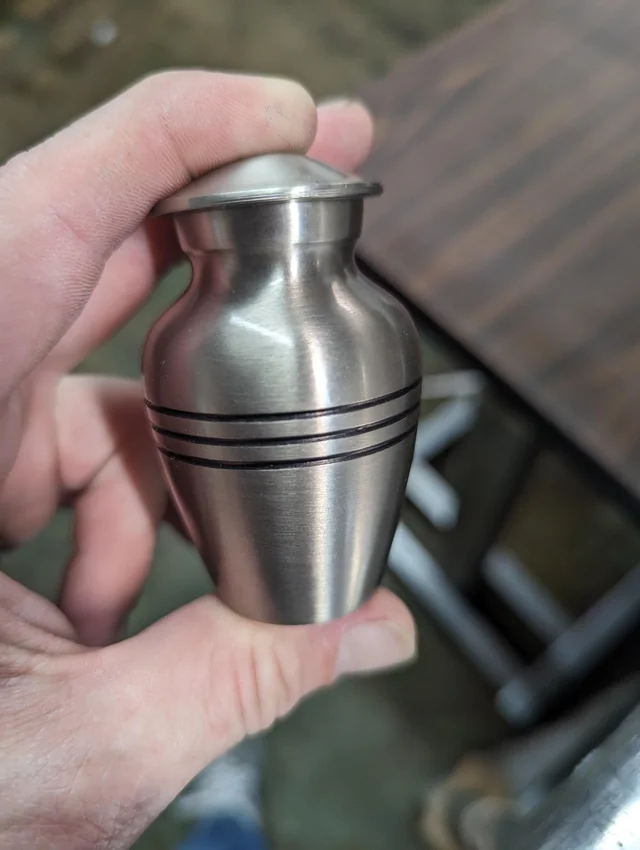 image source: reddit
image source: reddit
Cremation has emerged as a widely accepted alternative to traditional burials. In this process, the body is reduced to ashes through intense heat. Families can then choose to keep the ashes in an urn, scatter them in a meaningful location, or even incorporate them into memorial products like jewelry or art.
72. Green Burial
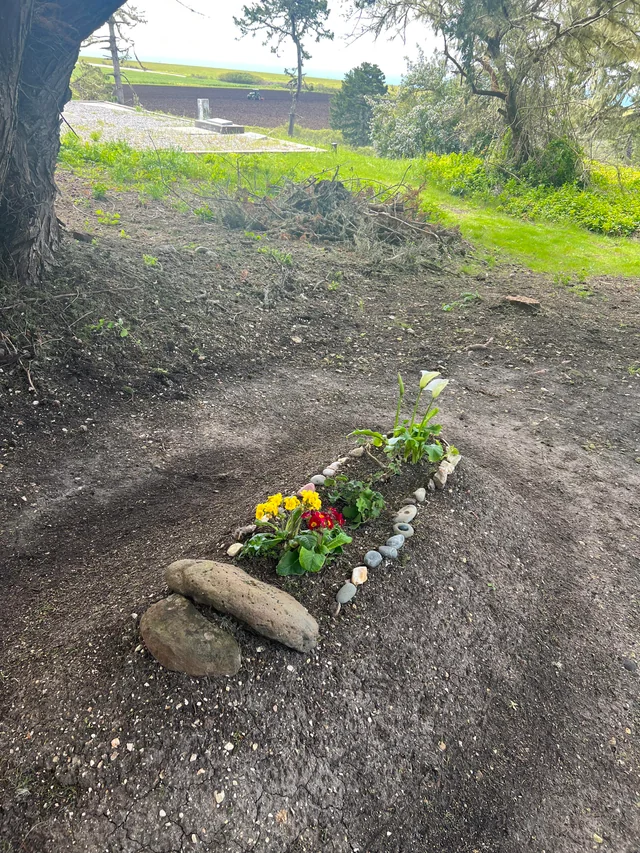 image source: reddit
image source: reddit
For those seeking environmentally friendly options, green burials are gaining popularity. In this eco-conscious approach, the body is interred in a biodegradable casket or a simple burial shroud. The goal is to allow for natural decomposition, fostering a more sustainable relationship with the Earth. Green burial sites often emphasize the preservation of natural landscapes and biodiversity.
73. Burial At Sea
 image source: reddit
image source: reddit
Burial at sea offers a serene and symbolic alternative to traditional burials. In this unique practice, the cremated remains are respectfully scattered or placed in a biodegradable urn, releasing them to the depths of the ocean. This option holds particular appeal for those with a deep connection to the sea or a love for maritime environments.
74. Tree Burial
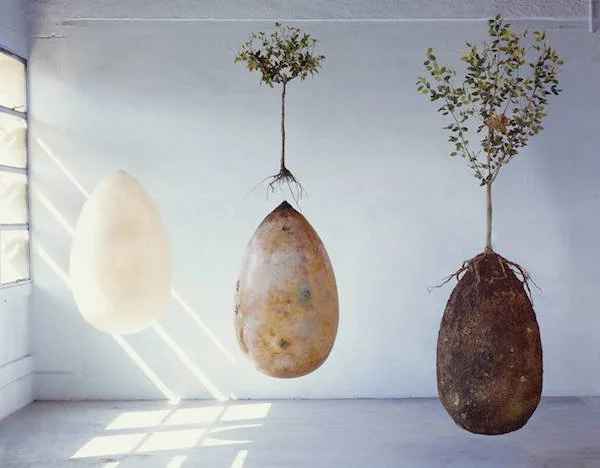 image source: reddit
image source: reddit
Tree burial, also known as green or natural burial, intertwines the concepts of life and death in a harmonious way. In this environmentally conscious alternative, cremated remains are placed in a biodegradable urn at the base of a chosen tree. The concept beautifully encapsulates the cycle of life, offering a connection to nature that resonates with those who seek a sustainable and symbolic resting place.
75. Sky Burial
 image source: reddit
image source: reddit
A practice with deep cultural and historical roots, sky burial takes a unique approach to the disposition of the deceased. In some cultures, the body is placed in an elevated location, often atop a mountain or other high vantage point, allowing it to be exposed to the elements and scavenging birds. This ancient practice reflects a belief in the cyclical nature of life and the return of the body to nature.
76. Donation To Science
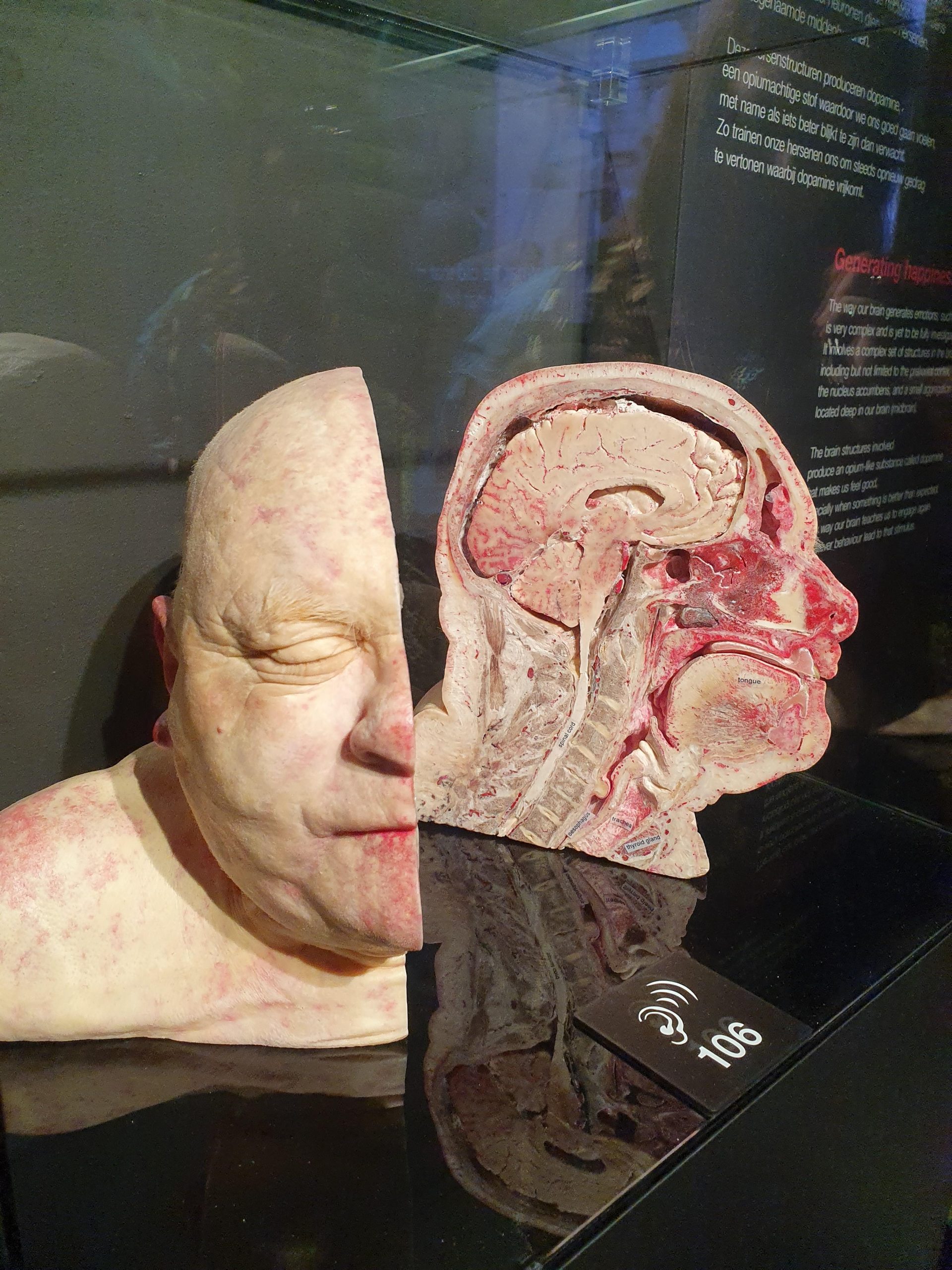 image source: reddit
image source: reddit
Choosing to donate one's body to science is a noble alternative. Through this option, individuals contribute to medical education and research. After the donation period, the body is respectfully cremated, and families may receive the cremated remains for a memorial service if desired.
77. Alkaline Hydrolysis
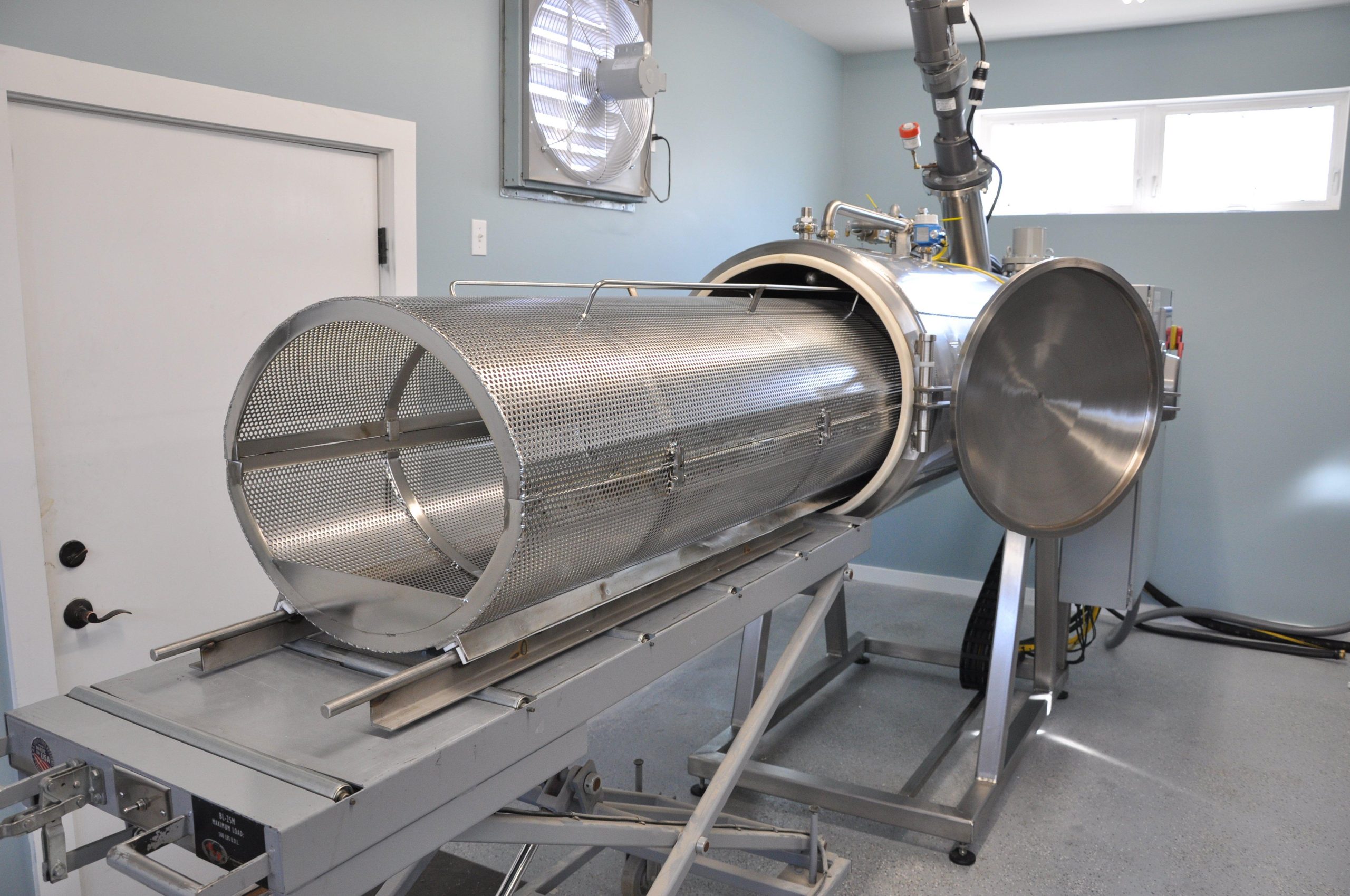 image source: reddit
image source: reddit
Alkaline hydrolysis, also known as water cremation, is an eco-friendly alternative to traditional cremation. The body is placed in a chamber with water and alkaline chemicals, resulting in a gentle dissolution process. This method uses less energy and has a smaller environmental impact compared to conventional cremation.
78. Space Burial
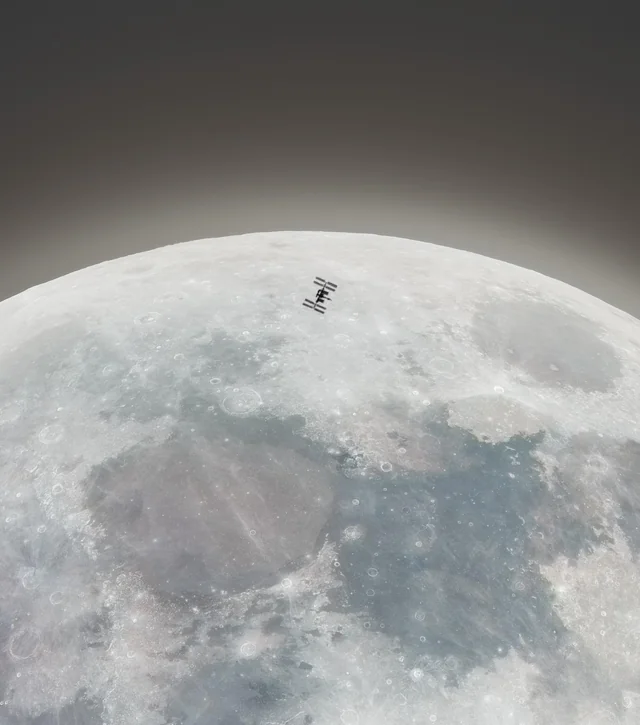 image source: reddit
image source: reddit
For those with a passion for space exploration, space burial offers a celestial alternative. Cremated remains can be sent into space, orbiting the Earth or even venturing beyond our solar system. This unique option appeals to individuals with a deep fascination for the cosmos. It will definitely cost you a whack of cash though!
79. Memorial Reef
 image source: reddit
image source: reddit
A unique alternative involves the creation of memorial reefs, where the cremated remains are mixed with concrete to form artificial reef structures. These reefs are then placed in the ocean, providing a lasting memorial while also contributing to marine conservation efforts by creating habitats for sea life.
80. Diamond Creation
 image source: reddit
image source: reddit
In a fascinating and increasingly popular alternative to traditional funerals, the cremated remains of a loved one can be transformed into a memorial diamond. Using advanced technology, carbon extracted from the ashes is subjected to high pressure and heat, mimicking the natural process that occurs in the Earth's mantle. The result is a unique and beautiful diamond that can be set into jewelry, allowing the wearer to carry a tangible and everlasting connection with the departed.
81. Organ Donation
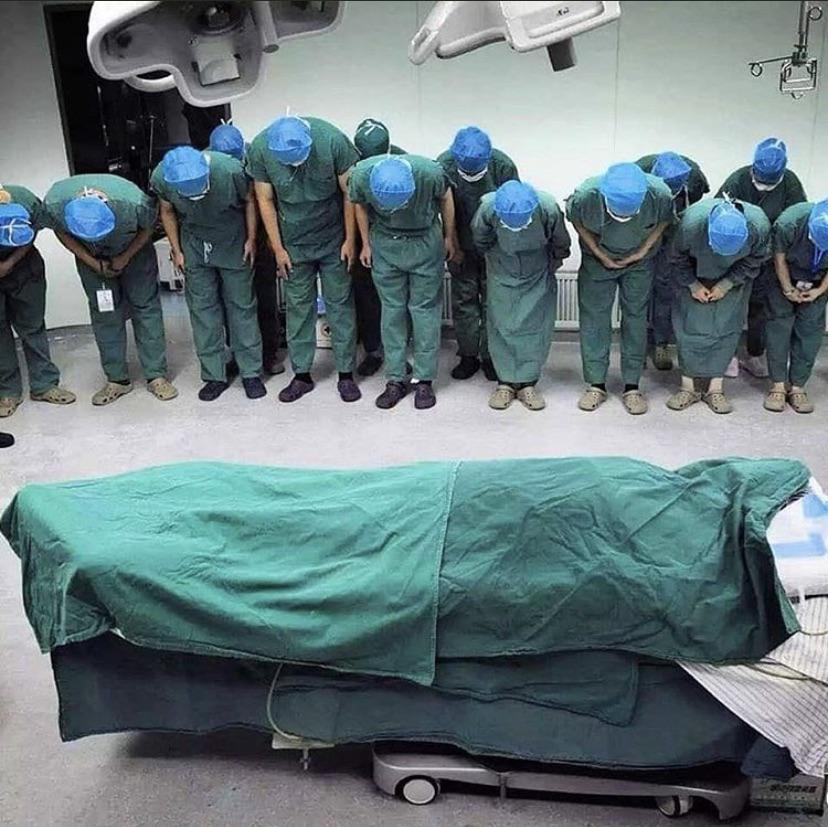 image source: reddit
image source: reddit
Opting for organ donation is a powerful and compassionate alternative that extends the gift of life to others. Individuals can register as organ donors, and upon their passing, their organs and tissues can be used to save or enhance the lives of those in need. This selfless act not only transforms tragedy into hope but also leaves an enduring impact on the recipients and their families.
82. Virtual Memorial
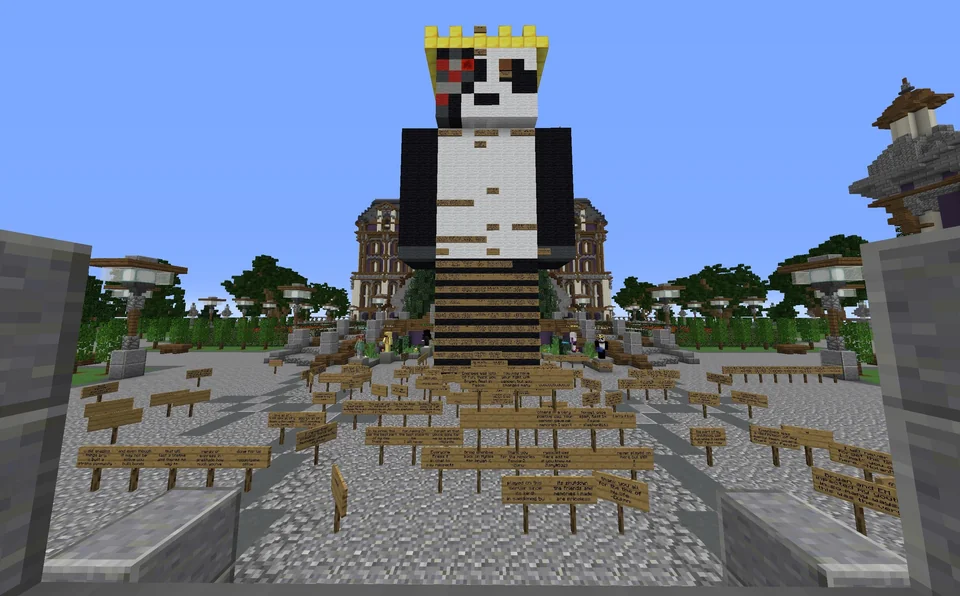 image source; reddit
image source; reddit
In our increasingly digital age, virtual memorials offer an innovative alternative. Families can create online spaces to share memories, photos, and messages. Virtual memorial services allow for global participation, enabling friends and family from afar to come together and commemorate a loved one.
83. Human Composting
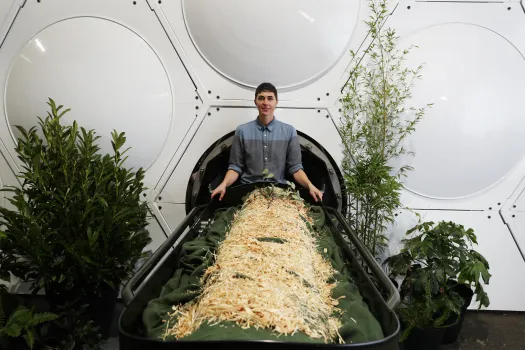 image source: the denver post
image source: the denver post
In the spirit of eco-friendly alternatives, human composting is a novel approach to the afterlife. Known as "natural organic reduction," this process gently accelerates decomposition, transforming the body into nutrient-rich soil. It represents a sustainable and earth-conscious option, allowing individuals to return to the earth in a way that nourishes the environment and promotes growth.
84. Memorial Art Installation
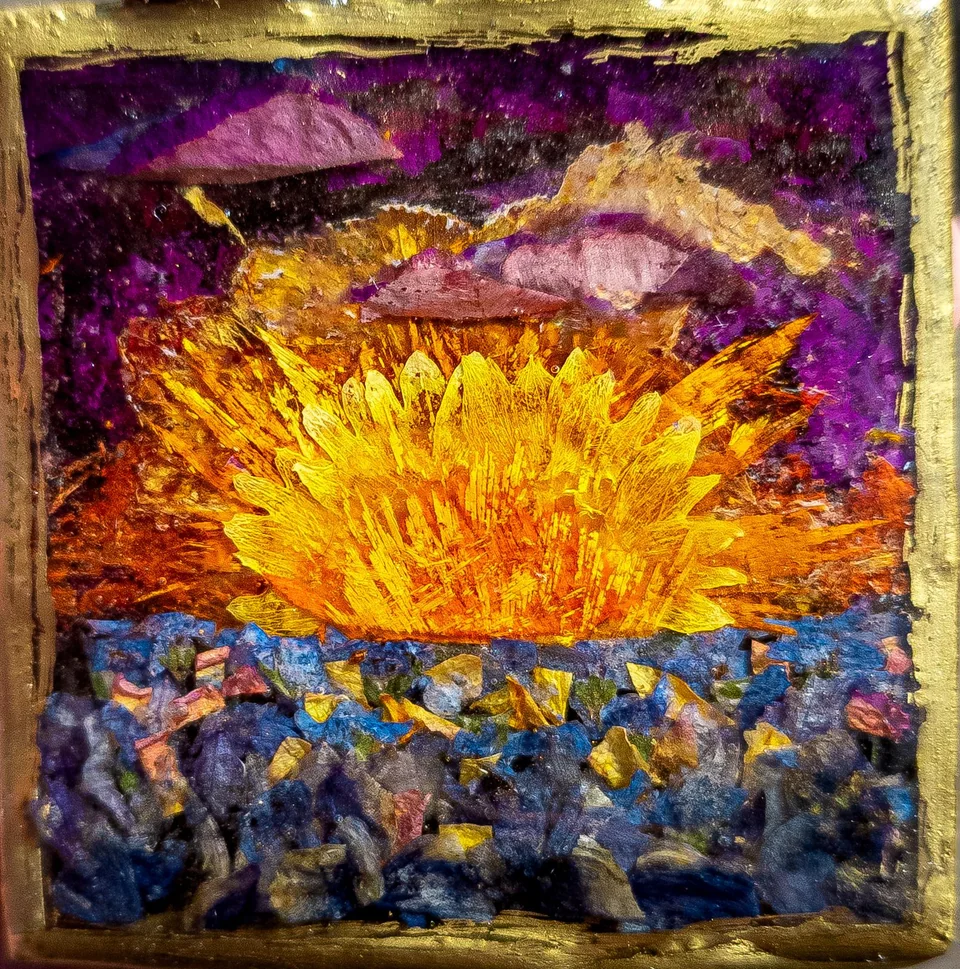 image source: reddit
image source: reddit
For those seeking a creative and lasting tribute, memorial art installations provide a unique alternative. Artists can incorporate ashes or other mementos into sculptures, paintings, or installations. This intersection of art and remembrance offers a tangible and visually striking representation of the departed, providing a meaningful focal point for reflection.
85. Balloon Release
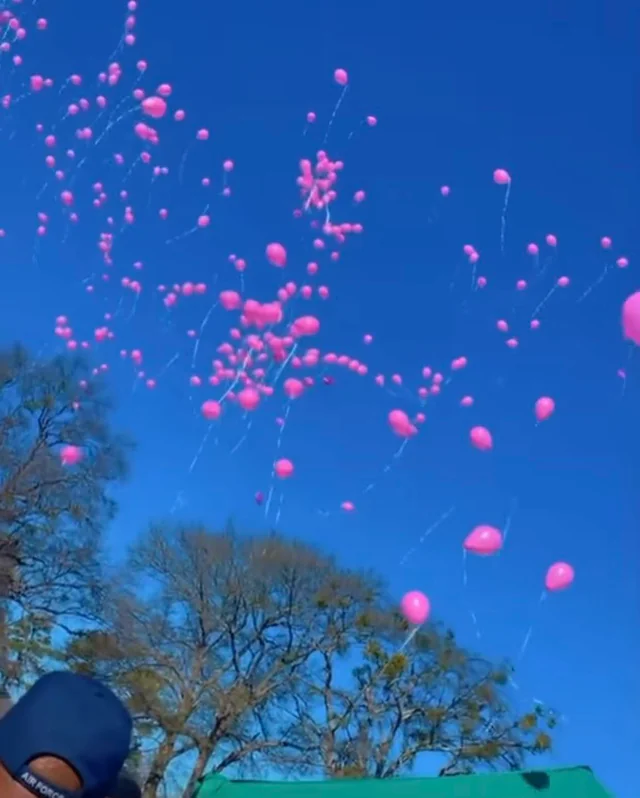 image source: reddit
image source: reddit
A symbolic and visually striking gesture, a balloon release involves releasing biodegradable balloons into the sky. Each balloon can carry messages or well-wishes, creating a collective expression of love and farewell. While environmentally conscious practices are essential, this alternative offers a beautiful and uplifting way to commemorate a life.
86. Fireworks!
 image source: reddit
image source: reddit
For a truly explosive celebration of life, some families opt for a memorial fireworks display using the cremated remains. Fireworks companies can incorporate ashes into the pyrotechnic materials, creating a dazzling and memorable spectacle. This option allows for a vibrant and celebratory send-off, turning the night sky into a canvas for remembrance.
87. Memorial Bench
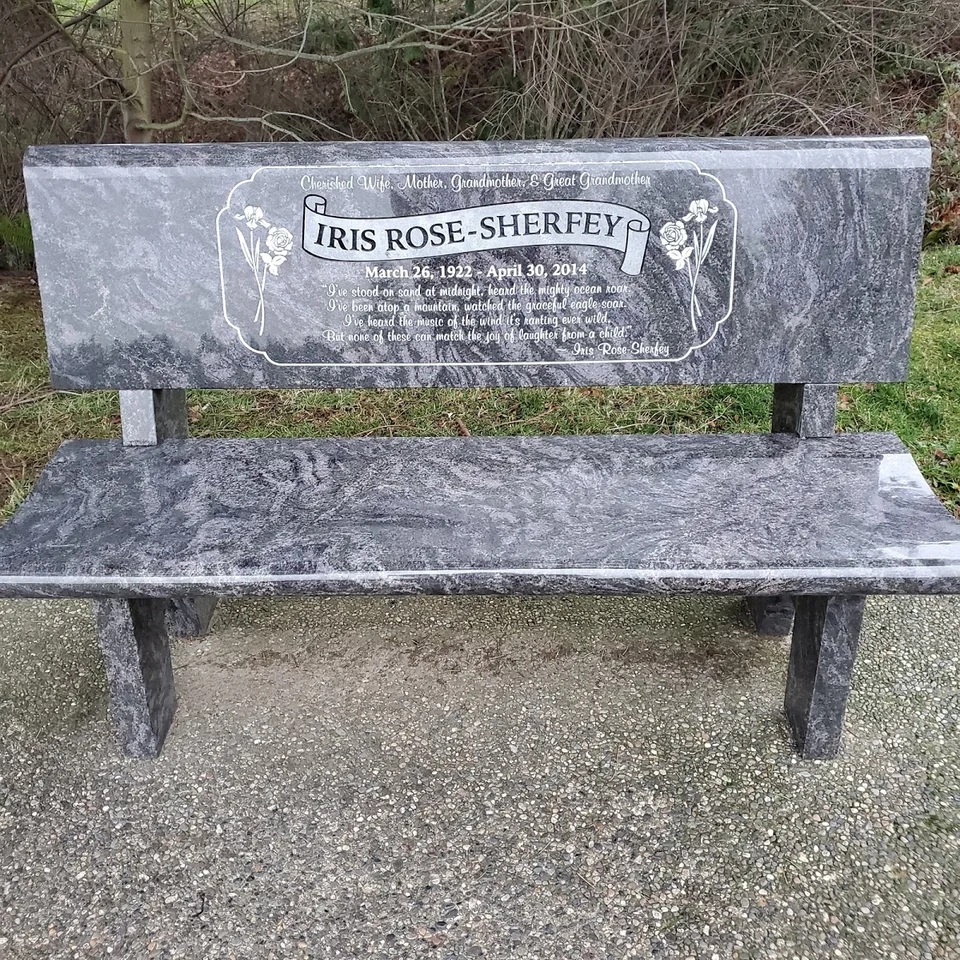 image source: reddit
image source: reddit
Placing a memorial bench in a meaningful location serves as a practical and lasting tribute. Family and friends can gather at the bench to reflect, remember, and share stories about their loved one. Whether in a park, garden, or another cherished spot, the memorial bench becomes a comforting and enduring space for remembrance.
88. Biodegradable Urn Planting
 image source: compare the coffin
image source: compare the coffin
Biodegradable urns provide an eco-friendly option for those who wish to contribute to the cycle of life. These urns, often made of materials like recycled paper or organic compounds, contain seeds. Once planted, the urn gradually decomposes, and the seeds grow into a living memorial, such as a tree or flowers, creating a beautiful and natural remembrance.
89. Cryonics
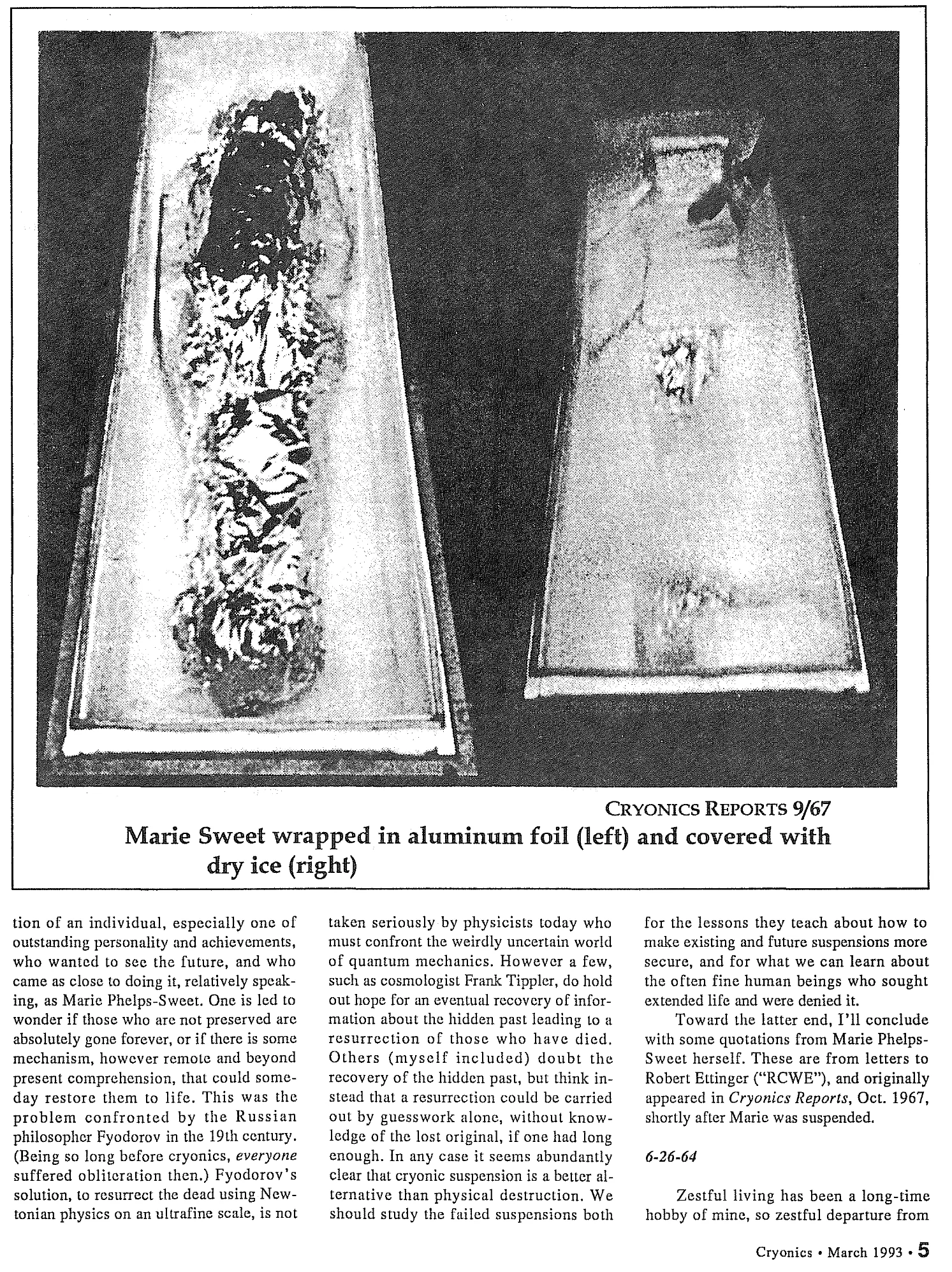 image source: reddit
image source: reddit
In a futuristic and speculative alternative, cryonics involves preserving the body at extremely low temperatures with the hope of future revival using advanced medical technology. While still largely experimental, some individuals choose this option with the belief that future advancements may offer a second chance at life.
90. Digital Legacy Planning
 image source: reddit
image source: reddit
As our lives become increasingly digital, individuals are exploring ways to preserve their digital legacy. This involves organizing and securing digital assets, such as photos, videos, and documents, and making arrangements for their continued accessibility or dissemination.
91. Body Art (Tattoos)
 image source: reddit
image source: reddit
For a deeply personal and intimate tribute, some individuals choose to incorporate the ashes of a loved one into tattoo ink. This memorial tattoo becomes a permanent and artistic expression of their connection, allowing the departed to live on in a visual and symbolic form on the wearer's skin.
92. Community Event
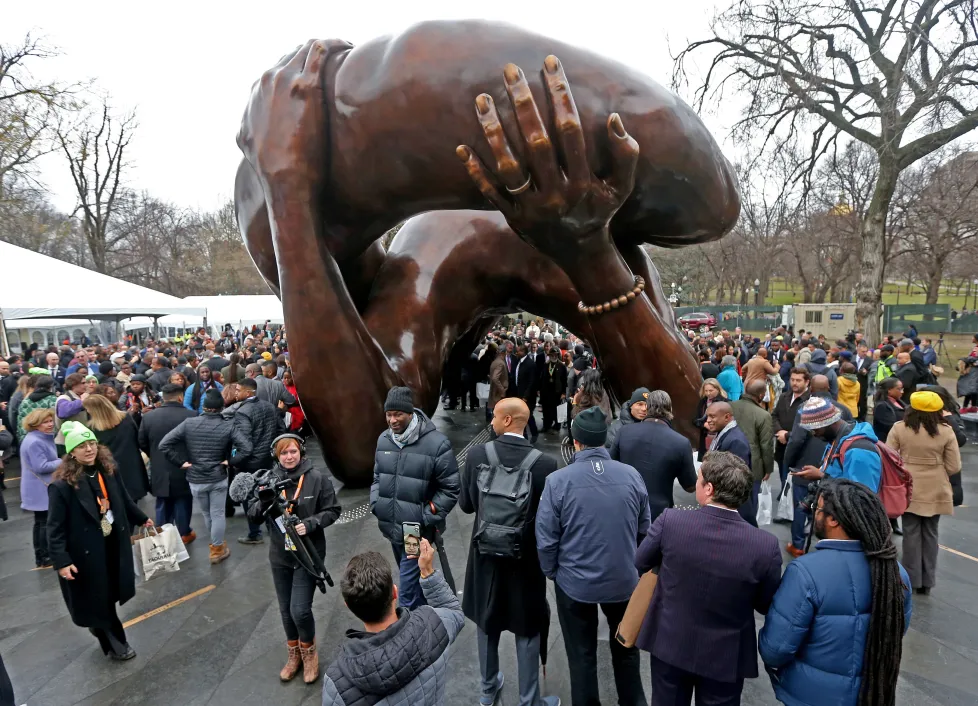 image source: Boston Herald
image source: Boston Herald
Moving away from formal ceremonies, some families opt for a community event to celebrate the life of the departed. This can take the form of a gathering, picnic, or other shared activities that reflect the interests and spirit of the individual. Such events emphasize the communal aspect of remembrance, fostering connections and support within the community.
93. Scattering Ceremonies
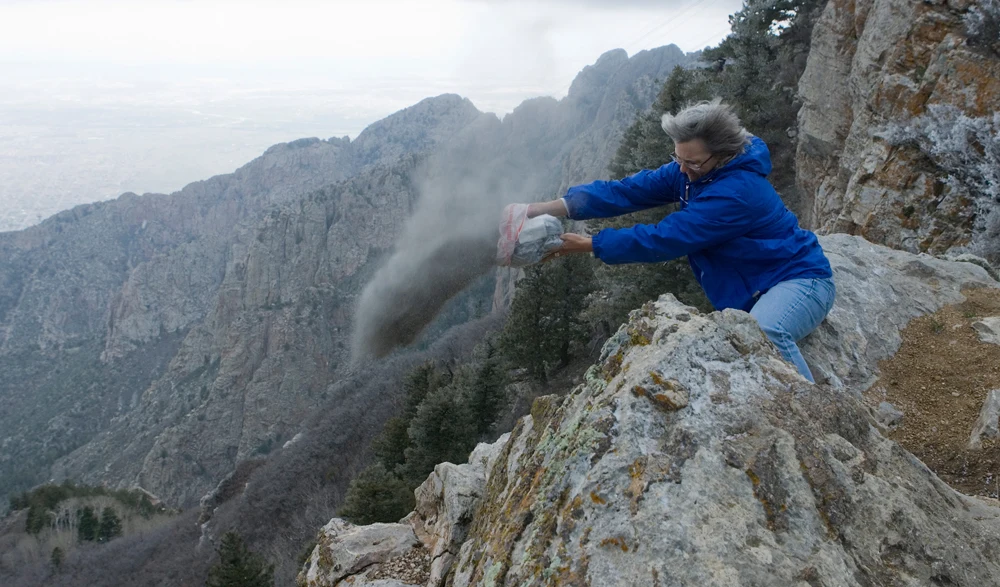 image source: NBC
image source: NBC
Scattering ceremonies involve dispersing ashes in a chosen location that holds significance for the deceased and their loved ones. Whether it be a mountaintop, body of water, or another meaningful site, this alternative allows for a heartfelt and personalized farewell, connecting the individual with the natural world in a profound way.
94. Living Wake
 image source: tomorrow funerals
image source: tomorrow funerals
A living wake is a unique and celebratory alternative where individuals gather to honor a person who is still alive. Rather than waiting until after death, friends and family come together to share stories, express their love, and celebrate the life of the person being honored. This lively and joyful occasion provides an opportunity for the individual to experience the outpouring of love and appreciation firsthand.
95. Dia De Los Muertos
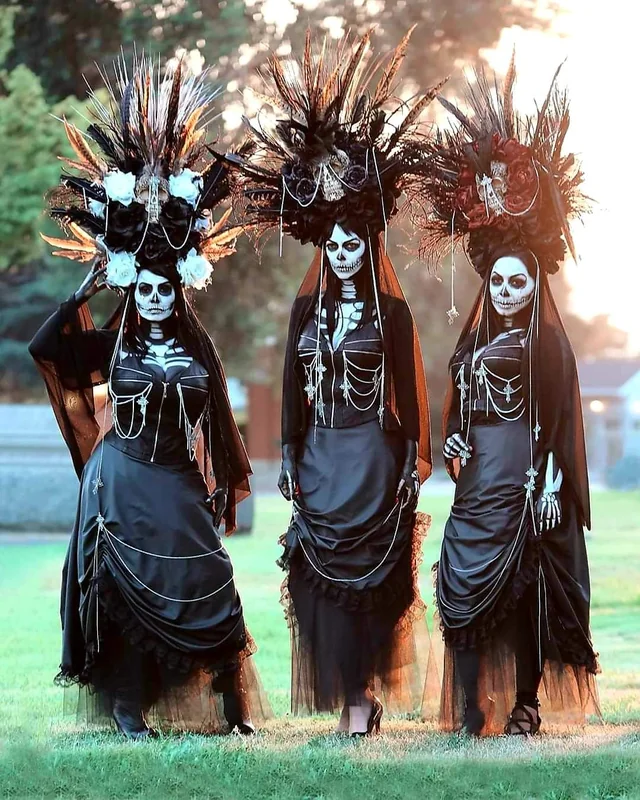 image source: reddit
image source: reddit
In Mexico, the Day of the Dead (Día de los Muertos) is a vibrant and culturally rich celebration that honors deceased loved ones. Families create elaborate altars adorned with photos, favorite foods, and mementos to welcome the spirits back for a joyful reunion. The festivities include parades, music, and gatherings at cemeteries, creating a festive atmosphere that celebrates the continuity of life and death in Mexican culture.
96. Ma'nene Festival (Indoesia)
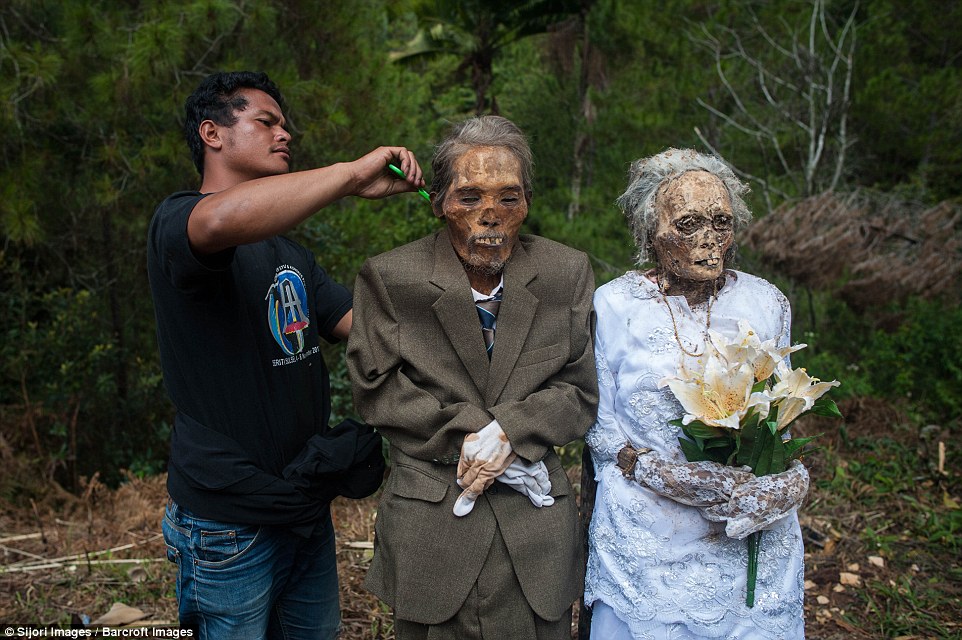 image source: Daily Mail
image source: Daily Mail
The Ma'nene Festival in Indonesia is a distinctive cultural practice that takes place in Toraja. During this event, families gather to exhume the bodies of their deceased relatives, clean and dress them, and then parade them through the streets. It might spook us a little, but for them it's become a common part of their culture.
97. Viking Funeral
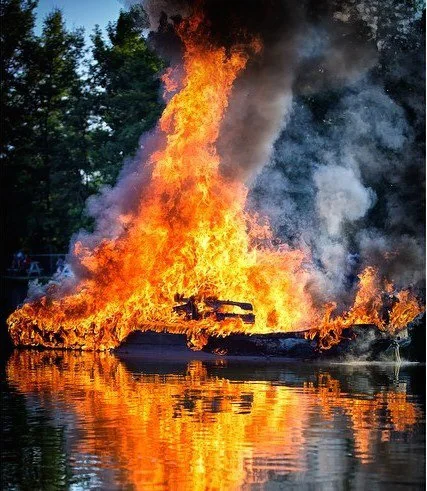 image source: reddit
image source: reddit
Inspired by historical practices, a Viking funeral involves placing the deceased on a boat, often laden with symbolic items, and setting it ablaze. While not commonly practiced today due to safety and environmental concerns, some individuals may incorporate elements of this tradition into modern ceremonies.
98. Military Funerals
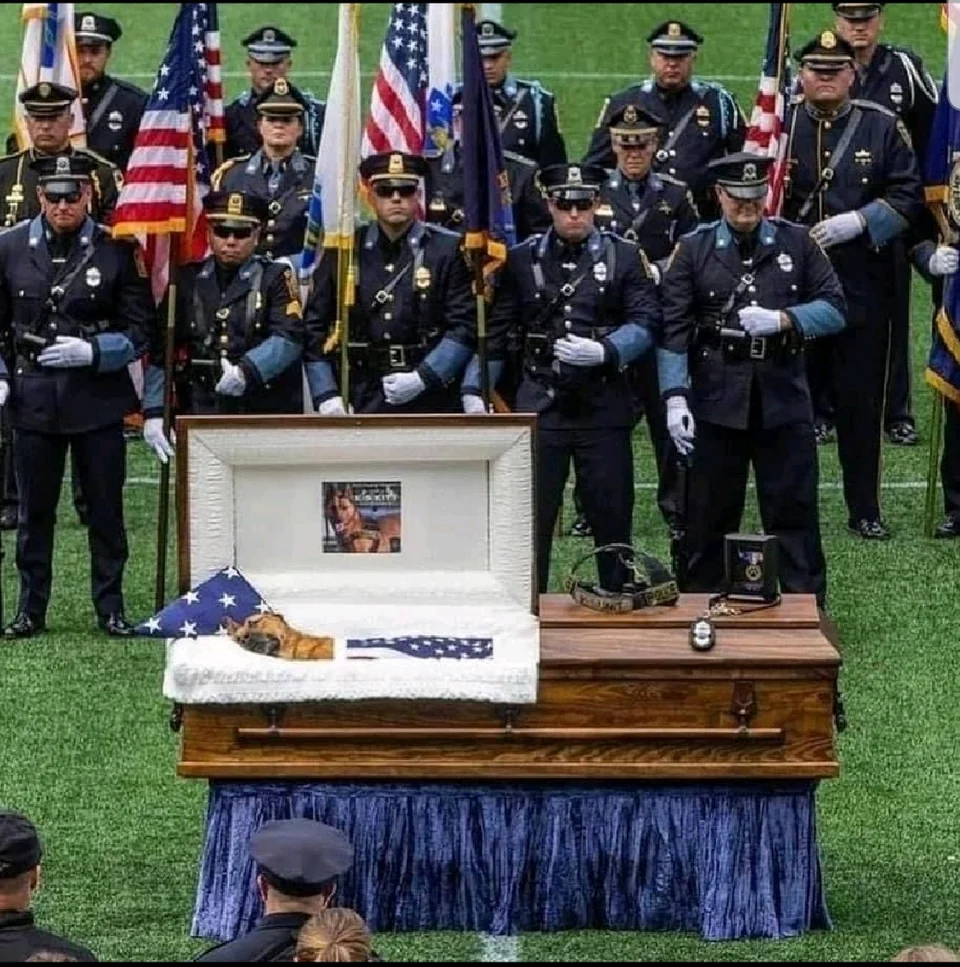 image source: reddit
image source: reddit
Military funerals are a distinguished and solemn alternative that honors individuals who have served in the armed forces. These ceremonies are characterized by precision and tradition, featuring rituals such as the folding of the flag, the playing of "Taps," and a gun salute. The military funeral provides a poignant and respectful tribute to veterans, expressing gratitude for their service and sacrifice.
99. Pagan Funeral
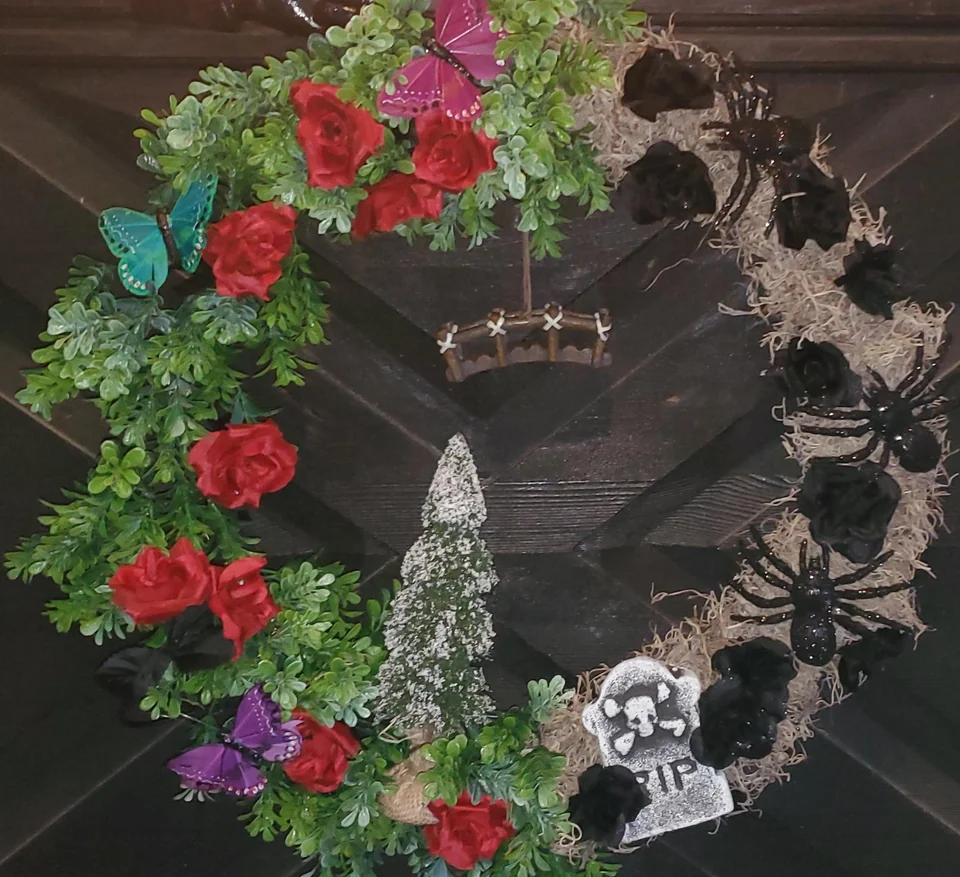 image source: reddit
image source: reddit
Pagan funerals are ceremonies rooted in various nature-based spiritual traditions and beliefs. These rituals often emphasize the cyclical nature of life, death, and rebirth. Pagan funerals may include elements such as the casting of circles, the use of symbolic tools, and the incorporation of natural elements like herbs, flowers, and stones.
100. Home Burial
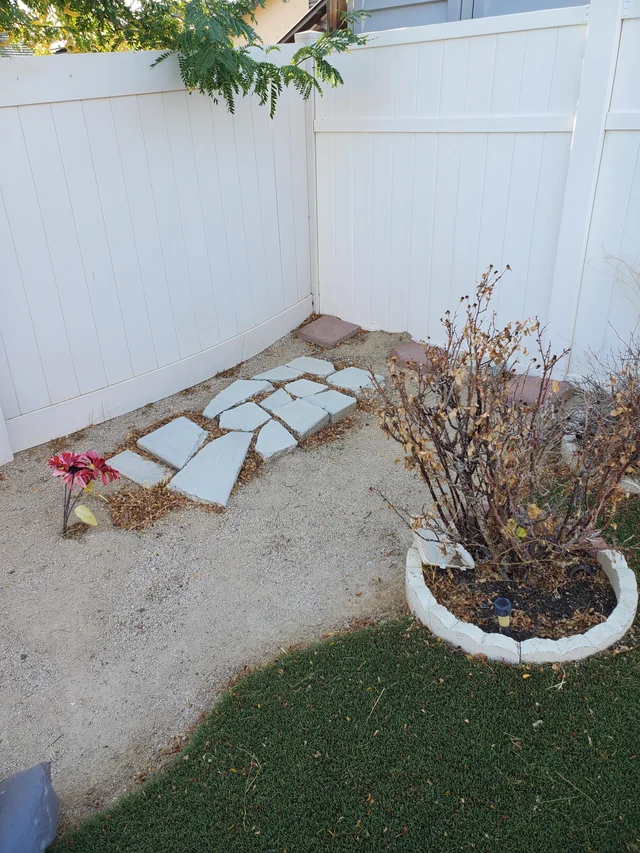 image source: reddit
image source: reddit
Another alternative gaining traction is the concept of home funerals, where the deceased is cared for at home by family and friends. This approach emphasizes a more intimate and personal connection to the final farewell, allowing loved ones to be directly involved in the funeral process. You need to make sure you own the grounds of the house if you want to bury them there though!
 Image Source/ The SunFirst off, the corpse goes through multiple processes after somebody dies. Including, the embalming process. The embalming process is long, and it involves a lot of gruesome steps which help to maintain the look of the body and preserve it using lots of chemicals.
Image Source/ The SunFirst off, the corpse goes through multiple processes after somebody dies. Including, the embalming process. The embalming process is long, and it involves a lot of gruesome steps which help to maintain the look of the body and preserve it using lots of chemicals. Image Source/ hairmagDecomposition, the body may appear to bloat outward. This is a sign of the very beginnings of decomposition. The gases and chemical processes going on inside the body make the body expand full of different gases and so the body looks bloated and expanded.
Image Source/ hairmagDecomposition, the body may appear to bloat outward. This is a sign of the very beginnings of decomposition. The gases and chemical processes going on inside the body make the body expand full of different gases and so the body looks bloated and expanded. Image Source/ RomeifyouwanttoThe body then goes very stiff, making it appear as though the body is rigid. This is called rigor mortis. The body at this point cannot bend. It is a temporary condition however and it happens because the chemical processes make the limbs seize up.
Image Source/ RomeifyouwanttoThe body then goes very stiff, making it appear as though the body is rigid. This is called rigor mortis. The body at this point cannot bend. It is a temporary condition however and it happens because the chemical processes make the limbs seize up. Image Source/ blogspotDespite the fact that the body has been injected with a variety of preservative liquids, this does not completely stop the decomposition of the body although it does significantly slow it down. However, at this point, the body does quickly start to decay. The decaying process is faster at the beginning.
Image Source/ blogspotDespite the fact that the body has been injected with a variety of preservative liquids, this does not completely stop the decomposition of the body although it does significantly slow it down. However, at this point, the body does quickly start to decay. The decaying process is faster at the beginning. Image Source/ The SunWithin just days of the body being inside the coffin, the enzymes within the body start eating themselves in a process called self-digestion. This is essentially what is sounds like, the body begins to eat itself inside out, so the flesh starts to disappear.
Image Source/ The SunWithin just days of the body being inside the coffin, the enzymes within the body start eating themselves in a process called self-digestion. This is essentially what is sounds like, the body begins to eat itself inside out, so the flesh starts to disappear. Image Source/ SciTechBecause the most dramatic stages of decay start at the very quickly, the physical changes are very apparent. For example, after a few weeks the stomach of the corpse begins to turn a kind of green colour which only appears due to the chemicals inside the stomach.
Image Source/ SciTechBecause the most dramatic stages of decay start at the very quickly, the physical changes are very apparent. For example, after a few weeks the stomach of the corpse begins to turn a kind of green colour which only appears due to the chemicals inside the stomach. Image Source/ deviantartThe corpse inside the coffin starts to emit a lot of strange chemicals as well as gases, these are being released from the corpse as well as different chemicals reacting together to produce new gases. The corpse at this point starts to produce a very putrid stench.
Image Source/ deviantartThe corpse inside the coffin starts to emit a lot of strange chemicals as well as gases, these are being released from the corpse as well as different chemicals reacting together to produce new gases. The corpse at this point starts to produce a very putrid stench. Image Source/ hairmagWhat happens now inside the coffin can create an illusion that the hair and nails on the corpse are growing. This is because the skin on the corpse starts to recede, and so more of the nail and more of the hair show. The skin recedes when it loses all of the moisture and dries up.
Image Source/ hairmagWhat happens now inside the coffin can create an illusion that the hair and nails on the corpse are growing. This is because the skin on the corpse starts to recede, and so more of the nail and more of the hair show. The skin recedes when it loses all of the moisture and dries up. Image Source/ icollectorNow, if we took a look inside the coffin at the corpse, we would not see much of the flesh left on the body. What would be left by now is sinew and muscle which is much tougher than skin and flesh. So, the body now would be totally unrecognisable.
Image Source/ icollectorNow, if we took a look inside the coffin at the corpse, we would not see much of the flesh left on the body. What would be left by now is sinew and muscle which is much tougher than skin and flesh. So, the body now would be totally unrecognisable. Image Source/ aatjakNow the flesh is gone, the hair and teeth and nails still remain. Hair and fingernails are made of a substance called keratin which is much more hardwearing than flesh. Hair can last up to several years in a coffin. Outside of a coffin it would only last around 2 years.
Image Source/ aatjakNow the flesh is gone, the hair and teeth and nails still remain. Hair and fingernails are made of a substance called keratin which is much more hardwearing than flesh. Hair can last up to several years in a coffin. Outside of a coffin it would only last around 2 years. Image Source/ blogpostHow the corpse looks inside the body can completely depend on the environment. Yes, it is stored inside a coffin. However outdoor temperatures affect the temperature of the ground. Similarly damp and wet conditions mean that bacteria are more present and rotting and decaying processes happen faster.
Image Source/ blogpostHow the corpse looks inside the body can completely depend on the environment. Yes, it is stored inside a coffin. However outdoor temperatures affect the temperature of the ground. Similarly damp and wet conditions mean that bacteria are more present and rotting and decaying processes happen faster. Image Source/ Science PostBecause the body has been put in the coffin, it means that it has been preserved. What is happening inside the coffin are the same processes that would happen on the outside - but MUCH slower. For example, microbes will be working and eating at the flesh, rotting it away.
Image Source/ Science PostBecause the body has been put in the coffin, it means that it has been preserved. What is happening inside the coffin are the same processes that would happen on the outside - but MUCH slower. For example, microbes will be working and eating at the flesh, rotting it away. Image Source/ PinterestNow at this point, the nails and hair have all fallen out of the skin on the corpse. Because there is nothing left within the skin for the nails and hair to remain attached to. Meaning, that they all fall out and remain inside the coffin in a pile...
Image Source/ PinterestNow at this point, the nails and hair have all fallen out of the skin on the corpse. Because there is nothing left within the skin for the nails and hair to remain attached to. Meaning, that they all fall out and remain inside the coffin in a pile... There is also something called coffin flies. They can live inside the coffin and will work away at the corpse for years and years slowly disintegrating it. Coffin flies can stay underground eating corpse after corpse for many decades. And they can appear under the ground.
There is also something called coffin flies. They can live inside the coffin and will work away at the corpse for years and years slowly disintegrating it. Coffin flies can stay underground eating corpse after corpse for many decades. And they can appear under the ground. Image Source/ sciimageAfter around a year inside a coffin, parts if the corpse will turn black. In fact, it can be likened to a natural kind of mummification process. The corpse in certain areas, not all, will turn black after these processes have happened. So, flesh is gone, and parts of the body that are left are blackened.
Image Source/ sciimageAfter around a year inside a coffin, parts if the corpse will turn black. In fact, it can be likened to a natural kind of mummification process. The corpse in certain areas, not all, will turn black after these processes have happened. So, flesh is gone, and parts of the body that are left are blackened. Image Source/ frightfixAs for clothing, now there will be almost nothing left. The majority of the clothes will have disintegrated and decomposed in the coffin. Especially any cotton clothing will have disintegrated, as it the most natural material. Stronger materials such as waistbands on clothes or nylon clothes will still remain at this point
Image Source/ frightfixAs for clothing, now there will be almost nothing left. The majority of the clothes will have disintegrated and decomposed in the coffin. Especially any cotton clothing will have disintegrated, as it the most natural material. Stronger materials such as waistbands on clothes or nylon clothes will still remain at this point Image Source/ TumblrThe body can shift slightly in positions so if you checked the corpse once a year for the full ten years, the position may be different. This is because different parts of the corpse are drying out and gases release meaning different limbs can be more slack or tighter to make it appear as though it's moving around.
Image Source/ TumblrThe body can shift slightly in positions so if you checked the corpse once a year for the full ten years, the position may be different. This is because different parts of the corpse are drying out and gases release meaning different limbs can be more slack or tighter to make it appear as though it's moving around. Image Source/ newsnerAfter a few years, the decomposition process is a very slow one. The decomposition slows right down so that nothing too drastic happens. Although constantly the corpse will decay until there is less and less left of the body to be found inside the casket.
Image Source/ newsnerAfter a few years, the decomposition process is a very slow one. The decomposition slows right down so that nothing too drastic happens. Although constantly the corpse will decay until there is less and less left of the body to be found inside the casket. Image Source/ TelpnerAlthough the body is securely enclosed in the coffin; it does not stop insects from either getting inside or growing inside the coffin from bacteria and maggots laying eggs. These insects will devour any flesh that is left, including the eyeballs of the corpse.
Image Source/ TelpnerAlthough the body is securely enclosed in the coffin; it does not stop insects from either getting inside or growing inside the coffin from bacteria and maggots laying eggs. These insects will devour any flesh that is left, including the eyeballs of the corpse. Image Source/WeburbanistThe eyeballs are one of the first things to decay on the corpse, partly due to natural decomposition and partly due to insects and maggots as well as the coffin flies. Once the eyes have gone, it gives the corpse a sunken look where the eye sockets have disappeared.
Image Source/WeburbanistThe eyeballs are one of the first things to decay on the corpse, partly due to natural decomposition and partly due to insects and maggots as well as the coffin flies. Once the eyes have gone, it gives the corpse a sunken look where the eye sockets have disappeared. Image Source/ historyfactsAfter a few years the casket will have shifted in shape and size slightly. The decaying body will have released a huge amount of chemicals into the enclosed space, meaning the caskets pressurize and change shape slightly. Some even explode under the ground as a result.
Image Source/ historyfactsAfter a few years the casket will have shifted in shape and size slightly. The decaying body will have released a huge amount of chemicals into the enclosed space, meaning the caskets pressurize and change shape slightly. Some even explode under the ground as a result. Image Source/blogspotBy this point, the corpse is years old within the coffin and nothing remains apart from the teeth, hair, bones along with some skin or fibers. At this point, the corpse looks fairly terrifying as eyes have disintegrated and all the flesh or human looking elements have disappeared.
Image Source/blogspotBy this point, the corpse is years old within the coffin and nothing remains apart from the teeth, hair, bones along with some skin or fibers. At this point, the corpse looks fairly terrifying as eyes have disintegrated and all the flesh or human looking elements have disappeared. Image Source/photoratorA very strange substance starts to appear around the rear and thighs which can best be described as a kind of soap like substance. It is commonly referred to as grave wax. It is thick, and yellowy in appearance and it appears sue to the liquids from the old corpse.
Image Source/photoratorA very strange substance starts to appear around the rear and thighs which can best be described as a kind of soap like substance. It is commonly referred to as grave wax. It is thick, and yellowy in appearance and it appears sue to the liquids from the old corpse. Image Source/QuoraNow, bones have become to fossilize. After being inside a coffin for a few years all of the substance and moisture that are present inside the bones will have disappeared. Now the bones in the coffin have become brittle and hollow and many are loose and not attached to anything.
Image Source/QuoraNow, bones have become to fossilize. After being inside a coffin for a few years all of the substance and moisture that are present inside the bones will have disappeared. Now the bones in the coffin have become brittle and hollow and many are loose and not attached to anything. Image Source/academiadkAlso at this point, all of the moisture has left the corpse and everything inside is dry. This means that the bones and the remains are no longer suitable to flies etc who can no longer live off them in this environment. So, insects start to disappear now.
Image Source/academiadkAlso at this point, all of the moisture has left the corpse and everything inside is dry. This means that the bones and the remains are no longer suitable to flies etc who can no longer live off them in this environment. So, insects start to disappear now. Image Source/RankerSo, all that remains at this point is more a pile of bones lay inside the coffin. All of the other elements of the corpse have disintegrated into noting or have been devoured by bacteria or insects. The coffin is now just a container for the bones and there is little left of the corpse.
Image Source/RankerSo, all that remains at this point is more a pile of bones lay inside the coffin. All of the other elements of the corpse have disintegrated into noting or have been devoured by bacteria or insects. The coffin is now just a container for the bones and there is little left of the corpse. Image Source/FlickrAfter 10 years, the bones also start to disintegrate. So, what you would find when you look into the coffin after 10 years is that maybe the bones have also started to decompose. When the skeleton itself starts to tun to dust it is called diagenesis.
Image Source/FlickrAfter 10 years, the bones also start to disintegrate. So, what you would find when you look into the coffin after 10 years is that maybe the bones have also started to decompose. When the skeleton itself starts to tun to dust it is called diagenesis. Image Source/Daily MailThis process of diagenesis if the body is inside a coffin can take up to 100 years due to the fact that it is largely protected from the outside earth and environment and so everything is prolonged for much more time. If the skeleton was in the earth, it would take around 20 years to completely disintegrate.
Image Source/Daily MailThis process of diagenesis if the body is inside a coffin can take up to 100 years due to the fact that it is largely protected from the outside earth and environment and so everything is prolonged for much more time. If the skeleton was in the earth, it would take around 20 years to completely disintegrate. Image Source/Breitbart NewsIf you looked inside the coffin after 10 years, you may even see this dust lying in the bottom of the coffin. There may also be some fibers in the coffin which remain there if they were a touch material. There will also be some bones which remain intact.
Image Source/Breitbart NewsIf you looked inside the coffin after 10 years, you may even see this dust lying in the bottom of the coffin. There may also be some fibers in the coffin which remain there if they were a touch material. There will also be some bones which remain intact. Image Source/The Daily TelegraphAfter the 10-year process has happened, not much else does happen in terms of the corpse because the majority of the processes have already happened. Apart from anything remaining, such as some of the bones which will also slowly continue to turn to dust.
Image Source/The Daily TelegraphAfter the 10-year process has happened, not much else does happen in terms of the corpse because the majority of the processes have already happened. Apart from anything remaining, such as some of the bones which will also slowly continue to turn to dust. Image Source / WikipediaYou'd think that based on how amazing the brain is, it might actually last the longest when it comes to the break down of your body. But nope - the brain's cells collapse only a few minutes after death. After the cells collapse, they release water, and the other organs follow after that.
Image Source / WikipediaYou'd think that based on how amazing the brain is, it might actually last the longest when it comes to the break down of your body. But nope - the brain's cells collapse only a few minutes after death. After the cells collapse, they release water, and the other organs follow after that. Image Source / RAND CorporationThe same night following death and following the brain's breakdown, microbes then eat their way through the gut to escape to the rest of the body. This is when those toxic gasses are released which make the body bloat up.
Image Source / RAND CorporationThe same night following death and following the brain's breakdown, microbes then eat their way through the gut to escape to the rest of the body. This is when those toxic gasses are released which make the body bloat up. Image Source / STAT NewsIt's very likely that most of the body's tissue will then turn to liquid. But there's always potential for some parts of the body to go the opposite way and dry out instead. Thin layers of skin, like the eyelids, could dry out and mummify instead of turning to liquid.
Image Source / STAT NewsIt's very likely that most of the body's tissue will then turn to liquid. But there's always potential for some parts of the body to go the opposite way and dry out instead. Thin layers of skin, like the eyelids, could dry out and mummify instead of turning to liquid. Image Source / Verywell HealthWhen the heart stops beating, it goes without saying that blood flow throughout the body also stops. Blood is moved around the body to transport oxygen to organs and tissue, which means without that blood and oxygen, the organs and tissue which use oxygen the most will be the first to go.
Image Source / Verywell HealthWhen the heart stops beating, it goes without saying that blood flow throughout the body also stops. Blood is moved around the body to transport oxygen to organs and tissue, which means without that blood and oxygen, the organs and tissue which use oxygen the most will be the first to go. Image Source / Time OutThe cells which make up your organs and tissue are mostly made up of water - around 70% water, in fact. Which means when they die after no longer having a source of oxygen, they end up spilling all that high water content onto the bed of the coffin.
Image Source / Time OutThe cells which make up your organs and tissue are mostly made up of water - around 70% water, in fact. Which means when they die after no longer having a source of oxygen, they end up spilling all that high water content onto the bed of the coffin. Image Source / FIFARMAThe same night of death after the brain has given up, the immune system is also dying. It can't hold on any longer to those hungry little microbes that are usually there to help you digest. The microbes move through tissues, veins and arteries, eventually arriving at the gut.
Image Source / FIFARMAThe same night of death after the brain has given up, the immune system is also dying. It can't hold on any longer to those hungry little microbes that are usually there to help you digest. The microbes move through tissues, veins and arteries, eventually arriving at the gut. Image Source / The Family HandymanBy day 4 after death, the microbes are absolutely everywhere in the body. This is what we mentioned before about the body then bloating due to toxic gases being produced, thanks to the microbes. But this is also when the bloated is accompanied by the literal stench of death - because the body then stinks.
Image Source / The Family HandymanBy day 4 after death, the microbes are absolutely everywhere in the body. This is what we mentioned before about the body then bloating due to toxic gases being produced, thanks to the microbes. But this is also when the bloated is accompanied by the literal stench of death - because the body then stinks. Image Source / The Franklin InstituteAfter a few months in a coffin, the body changes from that greeny complexion to a brownish-black, and this is because of blood vessels breaking down and worsening over time. They break down so much that the iron inside the vessels ends up spilling out, becoming brown-black as it oxidizes and results in your skin turning that colour.
Image Source / The Franklin InstituteAfter a few months in a coffin, the body changes from that greeny complexion to a brownish-black, and this is because of blood vessels breaking down and worsening over time. They break down so much that the iron inside the vessels ends up spilling out, becoming brown-black as it oxidizes and results in your skin turning that colour. Image Source / FreepikAround the same time that your blood vessels are kaput and turn brown-black, your molecular structures which are responsible for holding the body's cells together actually break away, meaning nothing can be held neatly together anymore. Tissues then not only collapse, but do so into a bit wet mush.
Image Source / FreepikAround the same time that your blood vessels are kaput and turn brown-black, your molecular structures which are responsible for holding the body's cells together actually break away, meaning nothing can be held neatly together anymore. Tissues then not only collapse, but do so into a bit wet mush. Image Source / Circa Vintage ClothingAfter around the year mark, your clothes (if made out of cotton) well and truly disintegrate by now. This is because of the acidic body fluids as well as toxins doing a number on your clothes. It's actually only nylon seams and waistbands of trousers or skirts that stand a chance of surviving.
Image Source / Circa Vintage ClothingAfter around the year mark, your clothes (if made out of cotton) well and truly disintegrate by now. This is because of the acidic body fluids as well as toxins doing a number on your clothes. It's actually only nylon seams and waistbands of trousers or skirts that stand a chance of surviving. Image Source / NBC NewsWhen you think of mummification, you might think of the Egyptians and the huge process that goes into using instruments and wrapping the body. So you might not have known that the body can actually mummify naturally without any help. This happens if conditions are dry, and places like ears, nose and eyelids can dry out and turn black.
Image Source / NBC NewsWhen you think of mummification, you might think of the Egyptians and the huge process that goes into using instruments and wrapping the body. So you might not have known that the body can actually mummify naturally without any help. This happens if conditions are dry, and places like ears, nose and eyelids can dry out and turn black. Image Source / WikipediaWay over the 10 year mark, at around 50 years in a coffin in fact, the tissue in the body will have well and truly liquified by this point. And it also would have disappeared entirely, leaving only any mummified skin and tendons behind.
Image Source / WikipediaWay over the 10 year mark, at around 50 years in a coffin in fact, the tissue in the body will have well and truly liquified by this point. And it also would have disappeared entirely, leaving only any mummified skin and tendons behind. Image Source / Science NewsEventually, this mummified skin and those tendons will of course disintegrate and disappear, too. And after around 80 years, the bones that remain in the coffin will crack and leave brittle mineral frame behind. The bones crack as the collagen inside breaks down over time.
Image Source / Science NewsEventually, this mummified skin and those tendons will of course disintegrate and disappear, too. And after around 80 years, the bones that remain in the coffin will crack and leave brittle mineral frame behind. The bones crack as the collagen inside breaks down over time. Image Source / QuoraIt sounds like a line out of poetry or a song, but yes, bones do actually turn to dust. After around a century in a coffin, what remains of your brittle bone frame will also complete collapse and turn to nothing more than dust.
Image Source / QuoraIt sounds like a line out of poetry or a song, but yes, bones do actually turn to dust. After around a century in a coffin, what remains of your brittle bone frame will also complete collapse and turn to nothing more than dust. Image Source / WikipediaThroughout this entire decomposition process, did you ever think that your chompers would be the thing to last the longest? And we all knew the importance of taking care of our teeth, after all. So after all this time, your teeth are all that will remain, as well as grave wax and any nylon threads that might have once been part of clothing.
Image Source / WikipediaThroughout this entire decomposition process, did you ever think that your chompers would be the thing to last the longest? And we all knew the importance of taking care of our teeth, after all. So after all this time, your teeth are all that will remain, as well as grave wax and any nylon threads that might have once been part of clothing. Image Source / Science | HowStuffWorksAs mentioned, there's every chance that a coffin might just explode because of the amount of chemicals being released in that tiny space as the body decomposes. To combat this, some coffins are made with 'burper valves', which open when the gas pressure gets too much so that it can escape. Funnily enough, it's actually the most expensive coffins which most likely lack this helpful feature.
Image Source / Science | HowStuffWorksAs mentioned, there's every chance that a coffin might just explode because of the amount of chemicals being released in that tiny space as the body decomposes. To combat this, some coffins are made with 'burper valves', which open when the gas pressure gets too much so that it can escape. Funnily enough, it's actually the most expensive coffins which most likely lack this helpful feature. Image Source / World History EncyclopediaDuring the mummification process in ancient Egypt, before the modern-day embalming technique, priests would work on corpses by removing their vital organs, starting with the brain which they would pull out by pushing a hook through the nose and bring out pieces of the brain bit by bit.
Image Source / World History EncyclopediaDuring the mummification process in ancient Egypt, before the modern-day embalming technique, priests would work on corpses by removing their vital organs, starting with the brain which they would pull out by pushing a hook through the nose and bring out pieces of the brain bit by bit. Image Source / ListverseThe embalming process is very effective in blocking the decomposition process for as long as possible, but the location of the body can impact how successful that embalming can be. The drier the location, the longer the body will last, as moisture is the biggest problem for decaying bodies!
Image Source / ListverseThe embalming process is very effective in blocking the decomposition process for as long as possible, but the location of the body can impact how successful that embalming can be. The drier the location, the longer the body will last, as moisture is the biggest problem for decaying bodies! Image Source / Capsula MundiIn this day and age, people are becoming more concerned with the expense of funerals and coffins. Today there exists the Capsula Mundi, which is an alternative eco-friendly option that consists of a biodegradable burial urn planted under a tree sapling which well then nourish the tree to grow as the urn and your body degrades. Better than an exploding coffin, right?
Image Source / Capsula MundiIn this day and age, people are becoming more concerned with the expense of funerals and coffins. Today there exists the Capsula Mundi, which is an alternative eco-friendly option that consists of a biodegradable burial urn planted under a tree sapling which well then nourish the tree to grow as the urn and your body degrades. Better than an exploding coffin, right? Image Source / TalkDeathOvercrowded cemeteries are a growing problem, understandably, which is why so many initiatives are looking for alternatives with what to do with the body after death as opposed to a coffin. The body could be composted for soil-building functions to help the environment as well as save space in cemeteries.
Image Source / TalkDeathOvercrowded cemeteries are a growing problem, understandably, which is why so many initiatives are looking for alternatives with what to do with the body after death as opposed to a coffin. The body could be composted for soil-building functions to help the environment as well as save space in cemeteries. image source: reddit
image source: reddit image source: reddit
image source: reddit image source: reddit
image source: reddit
 image source: reddit
image source: reddit image source: reddit
image source: reddit image source: reddit
image source: reddit image source: reddit
image source: reddit image source: reddit
image source: reddit image source: reddit
image source: reddit image source: reddit
image source: reddit image source: reddit
image source: reddit image source: reddit
image source: reddit
 image source: reddit
image source: reddit image source: reddit
image source: reddit image source: reddit
image source: reddit image source: reddit
image source: reddit image source: reddit
image source: reddit Perhaps one of the most vital roles of a mortician is providing emotional support to the grieving family. With empathy and compassion, they offer a steady presence, answering questions, addressing concerns, and ensuring that the family feels supported and cared for during this difficult time.
Perhaps one of the most vital roles of a mortician is providing emotional support to the grieving family. With empathy and compassion, they offer a steady presence, answering questions, addressing concerns, and ensuring that the family feels supported and cared for during this difficult time. image source: reddit
image source: reddit image source: reddit
image source: reddit image source: reddit
image source: reddit image source: reddit
image source: reddit image source: reddit
image source: reddit image source: reddit
image source: reddit image source: reddit
image source: reddit image source: reddit
image source: reddit image source: reddit
image source: reddit image source: reddit
image source: reddit image source: reddit
image source: reddit image source; reddit
image source; reddit image source: the denver post
image source: the denver post image source: reddit
image source: reddit image source: reddit
image source: reddit image source: reddit
image source: reddit image source: reddit
image source: reddit image source: compare the coffin
image source: compare the coffin image source: reddit
image source: reddit image source: reddit
image source: reddit image source: reddit
image source: reddit image source: Boston Herald
image source: Boston Herald image source: NBC
image source: NBC image source: tomorrow funerals
image source: tomorrow funerals image source: reddit
image source: reddit image source: Daily Mail
image source: Daily Mail image source: reddit
image source: reddit image source: reddit
image source: reddit image source: reddit
image source: reddit image source: reddit
image source: reddit